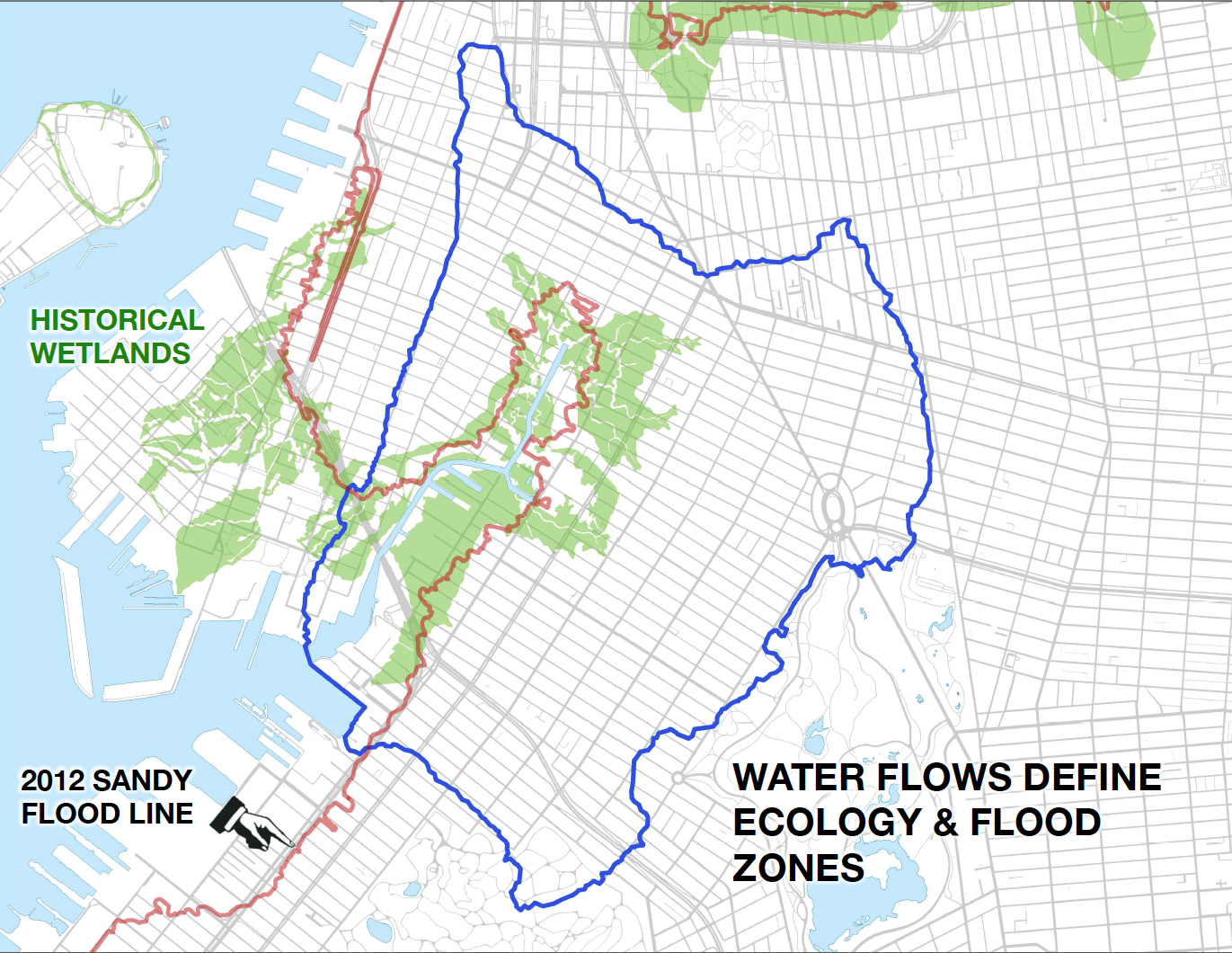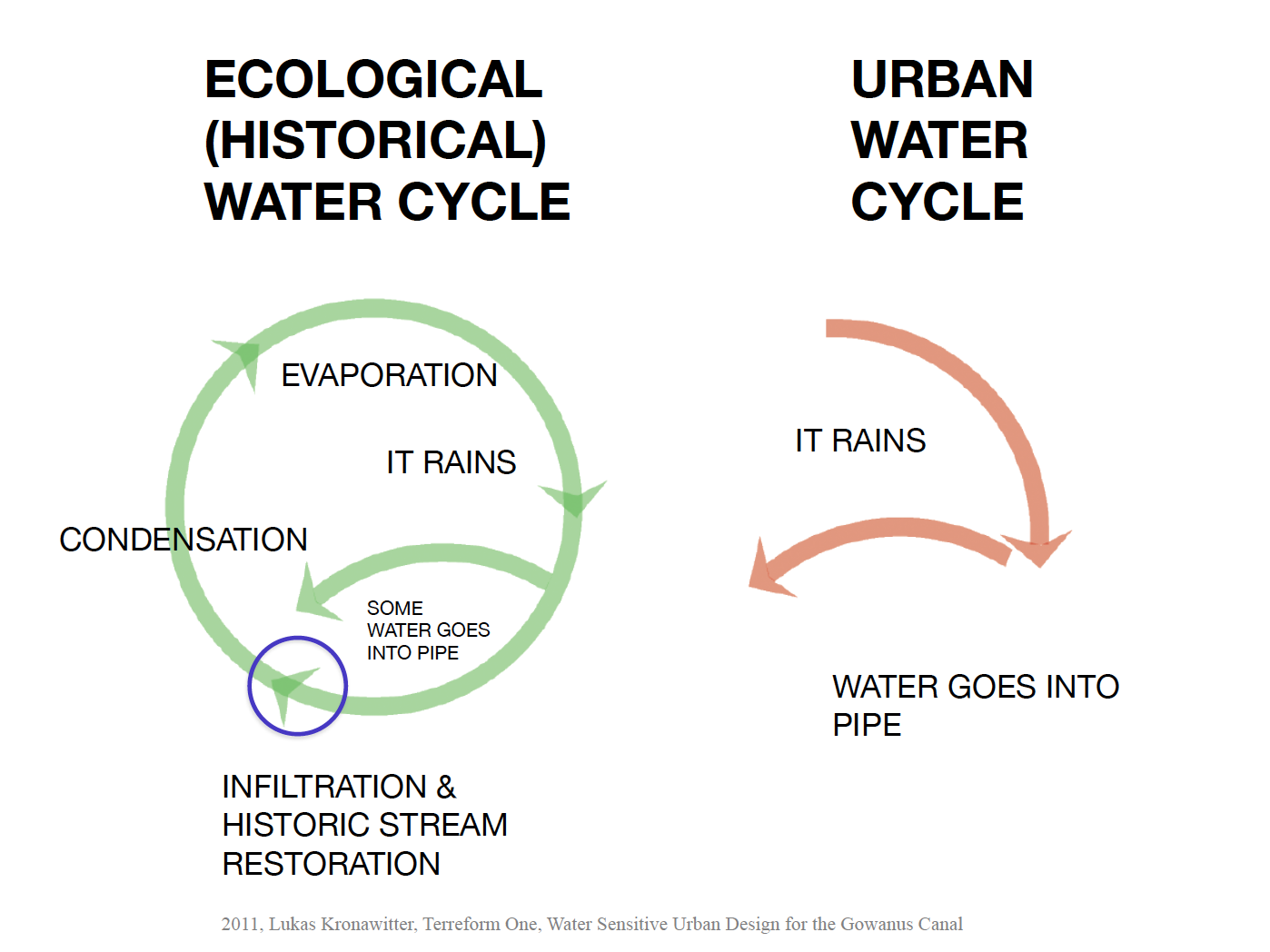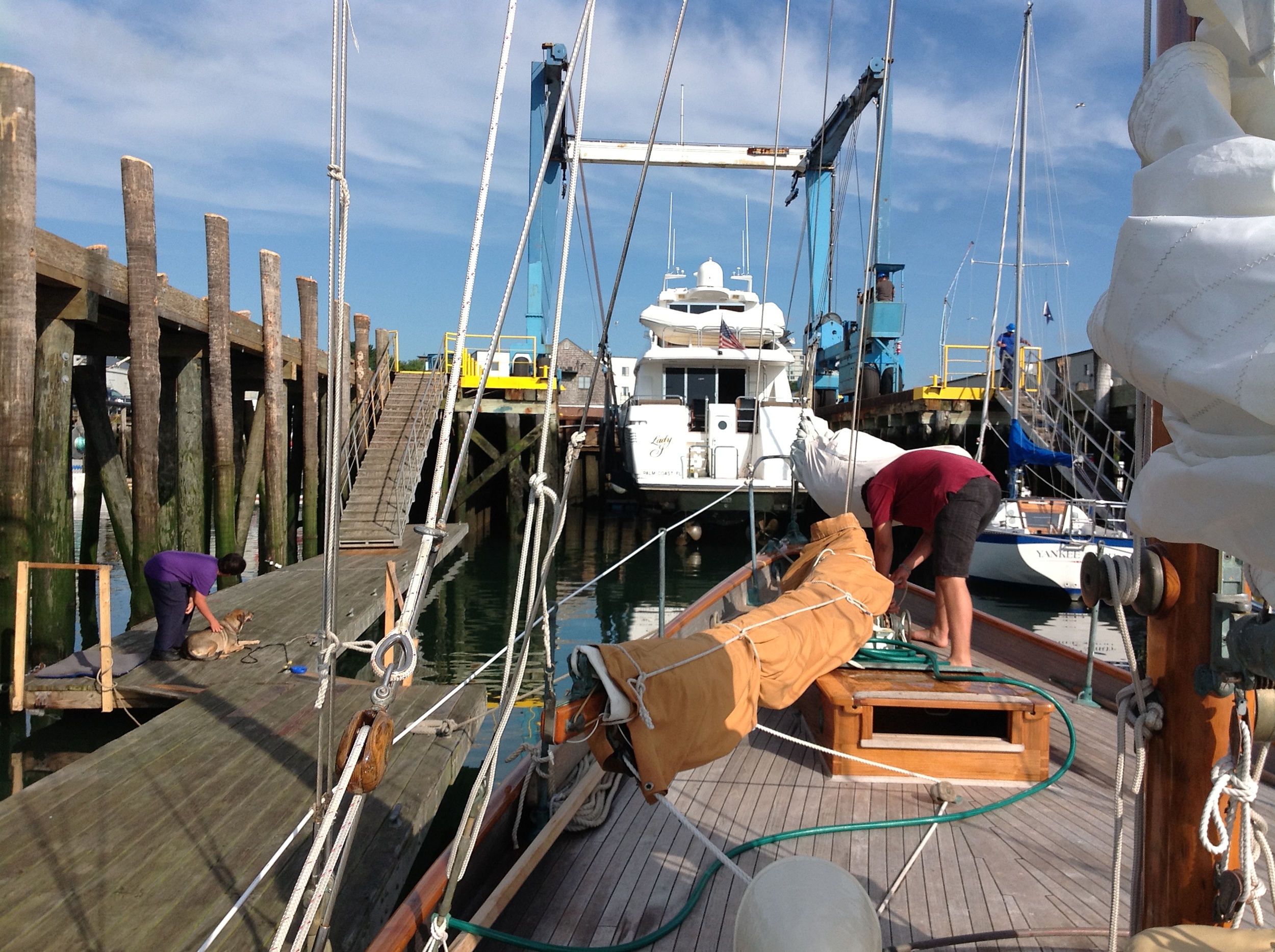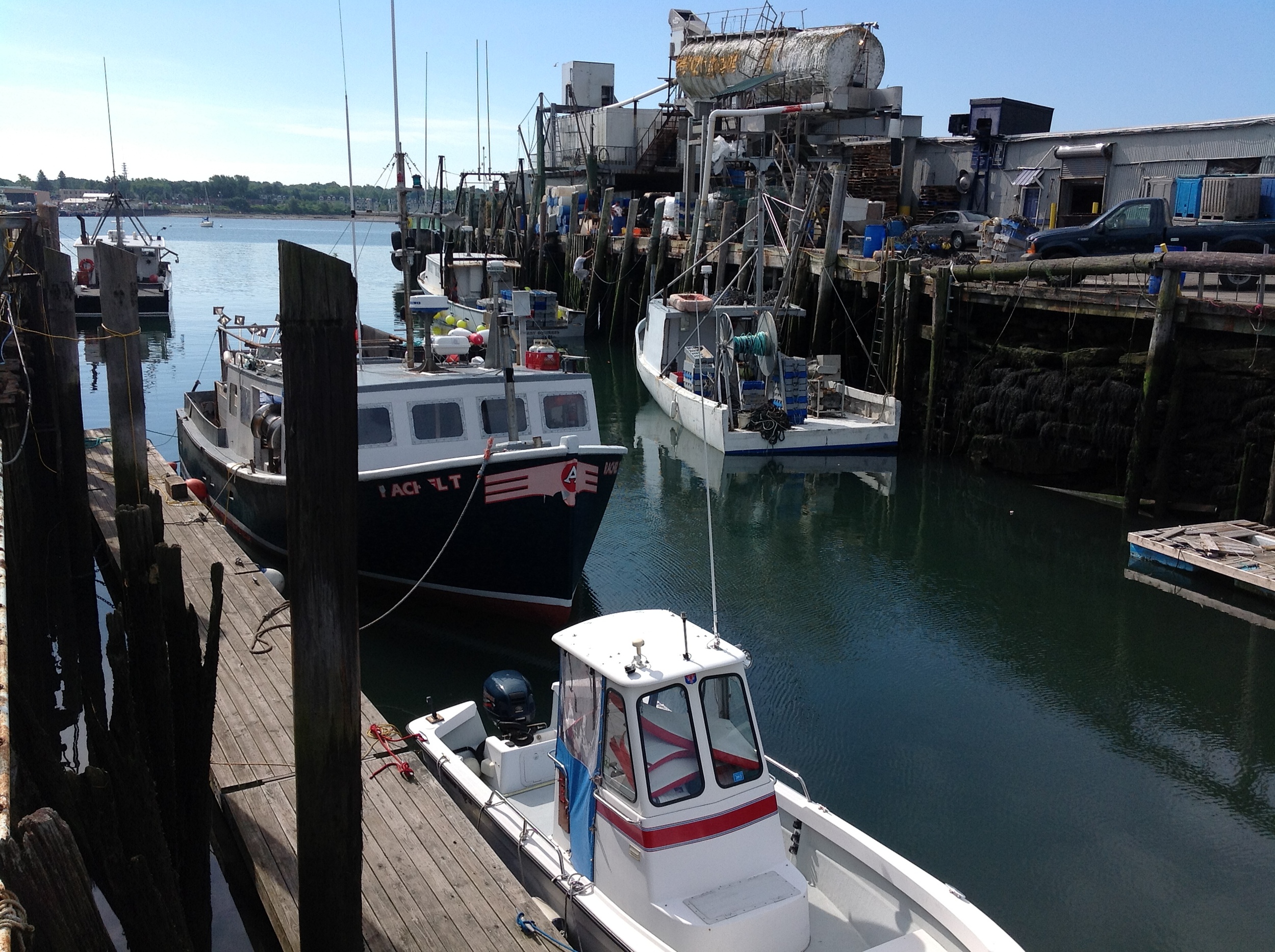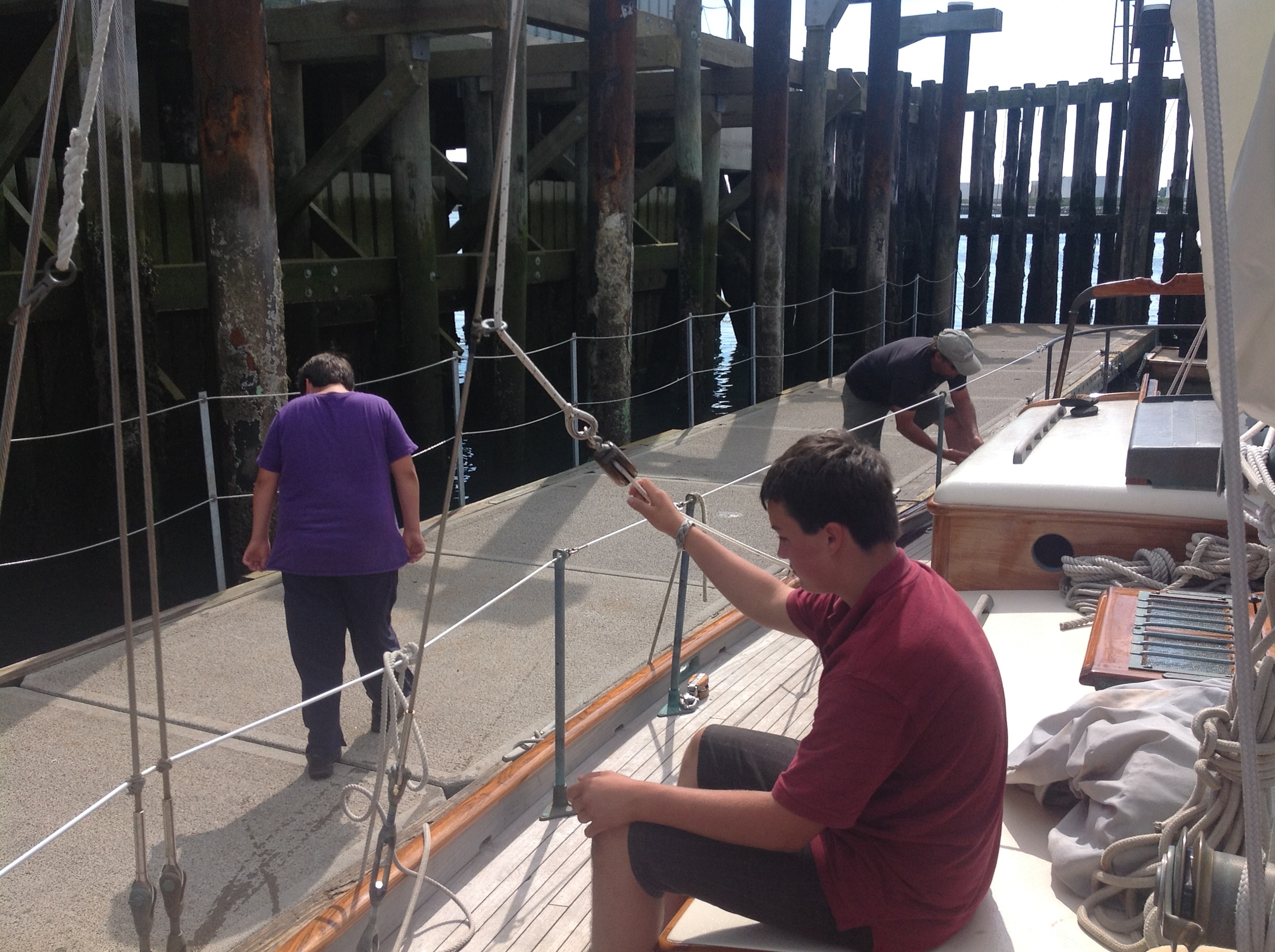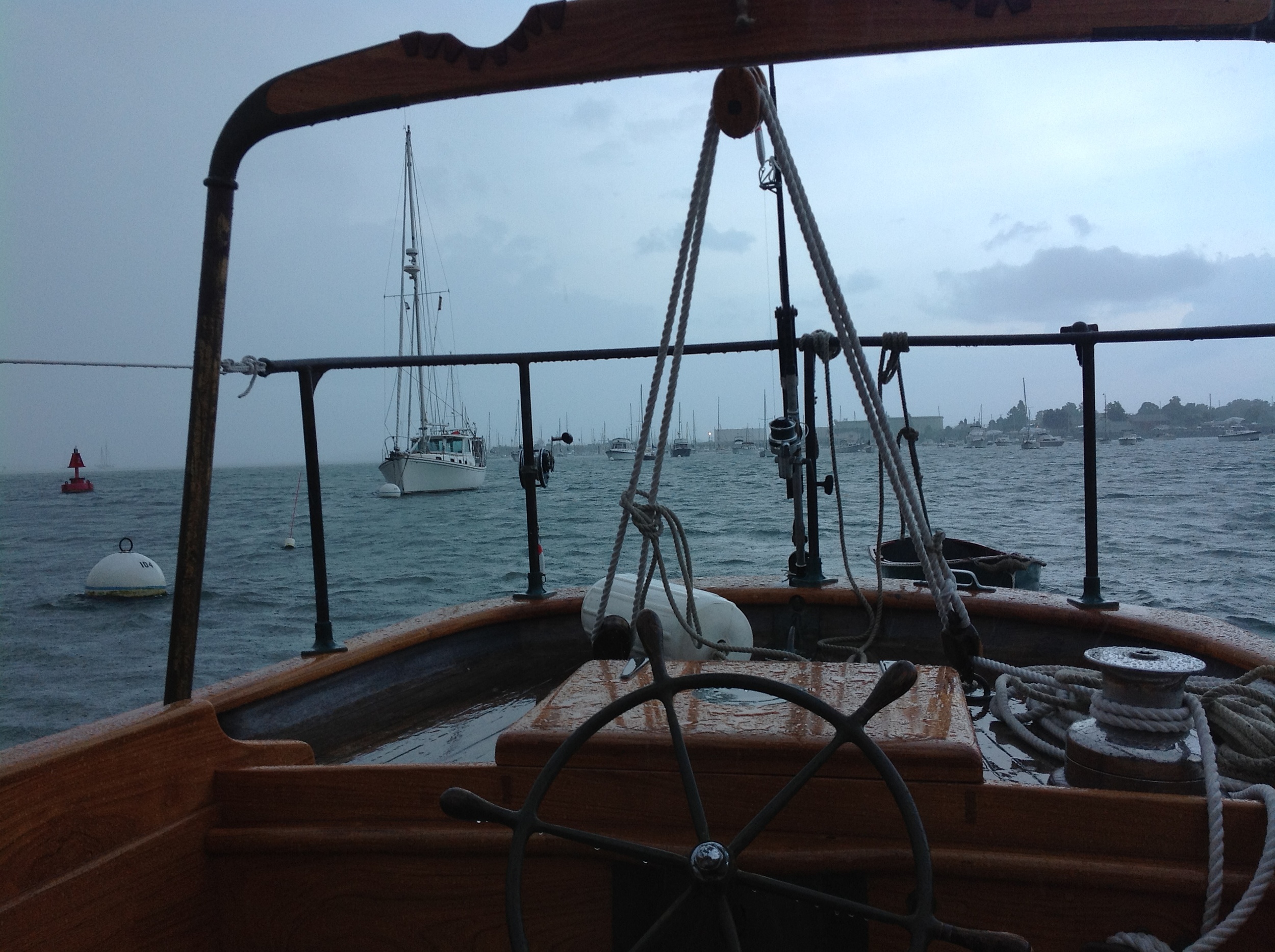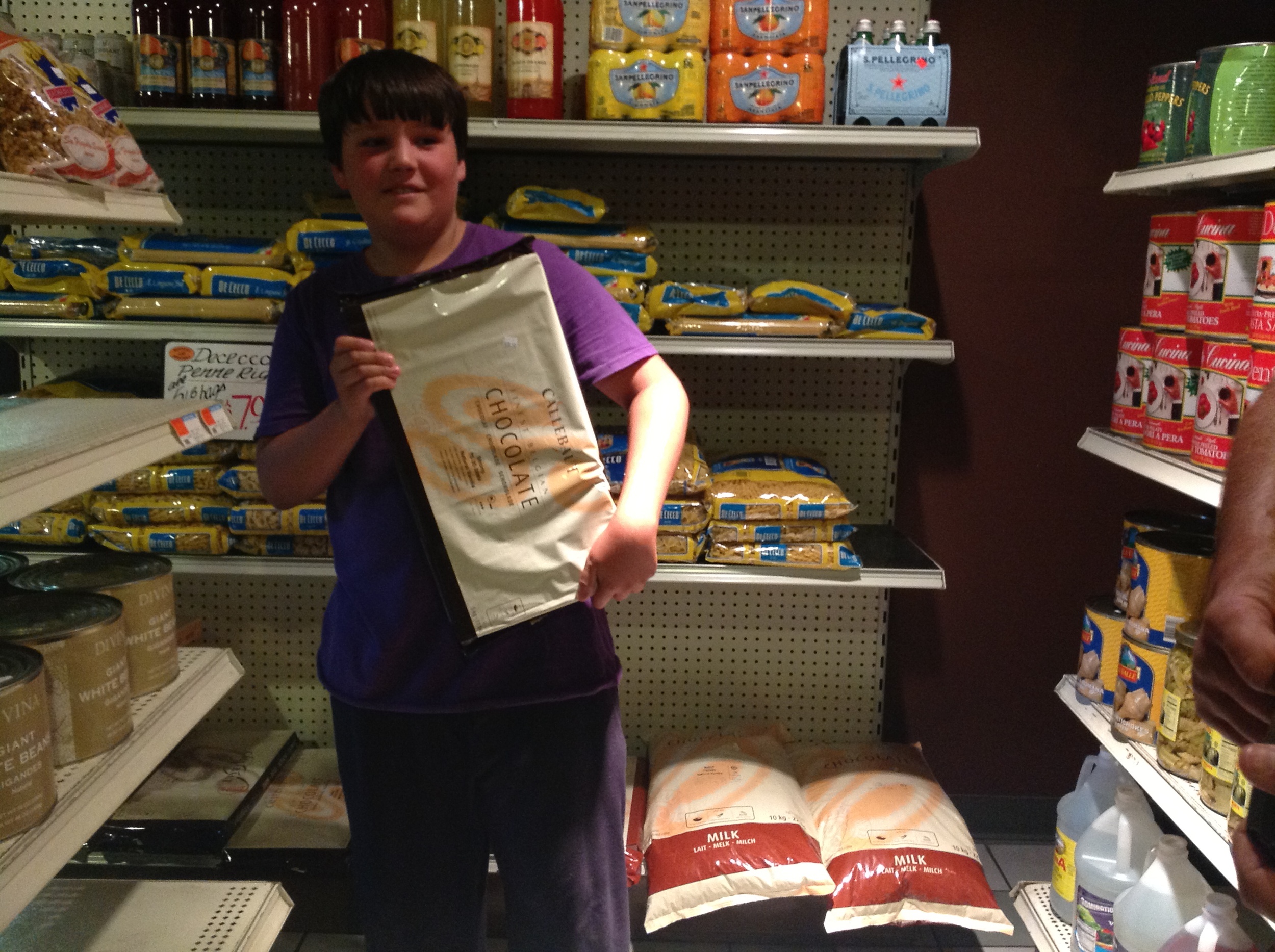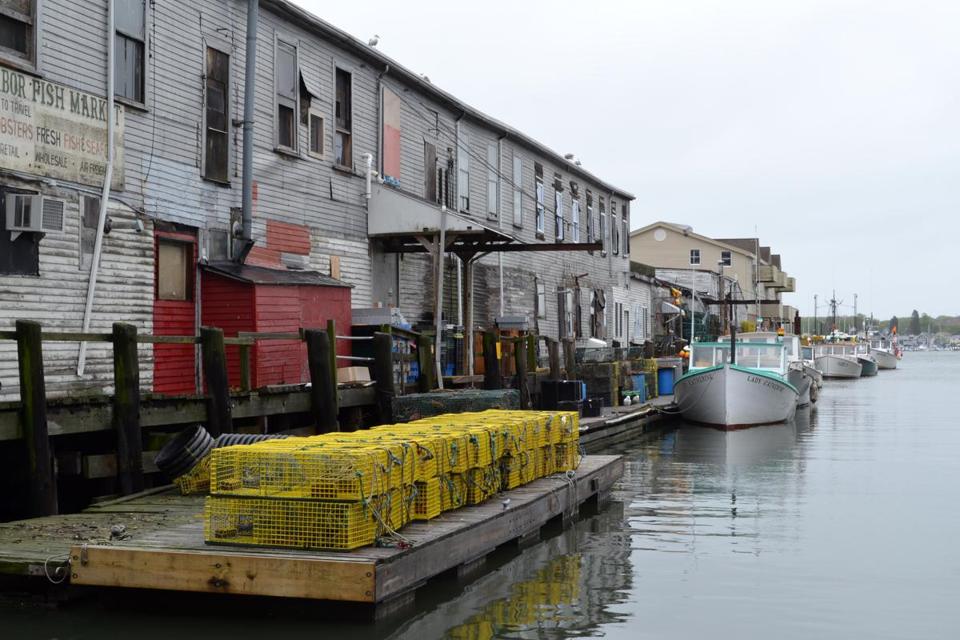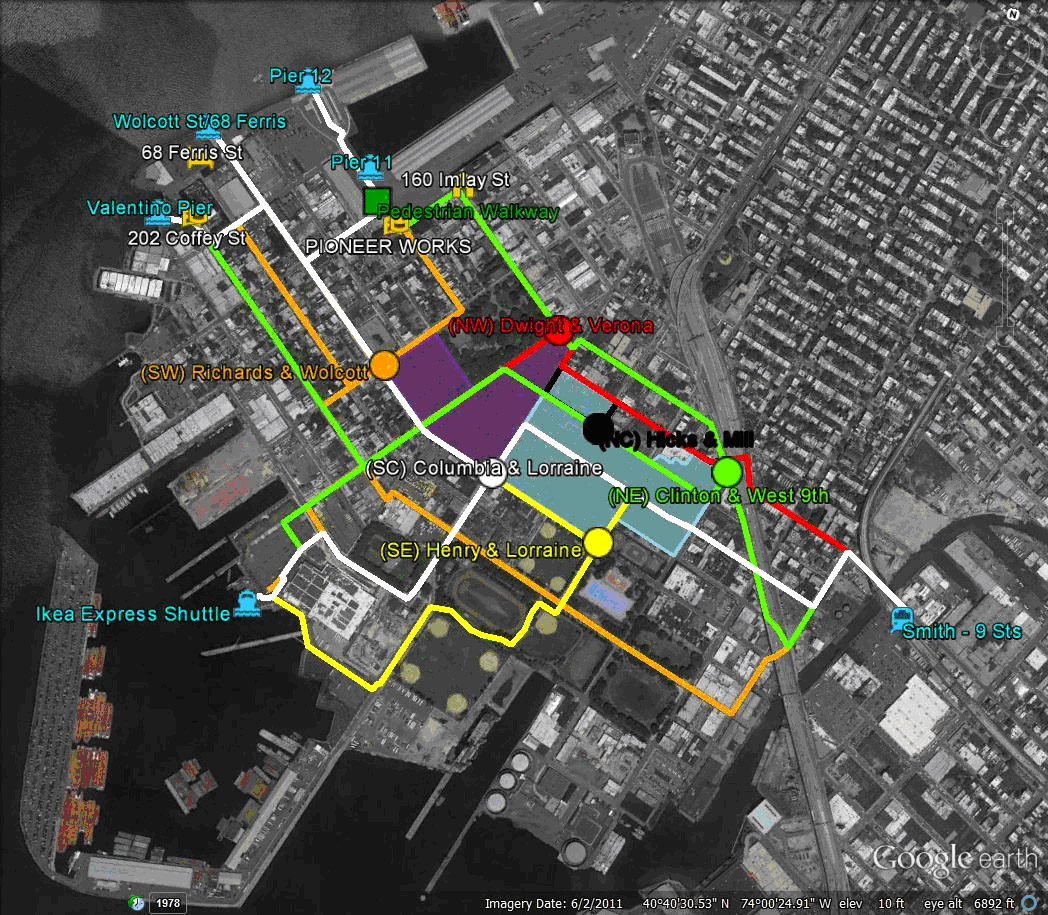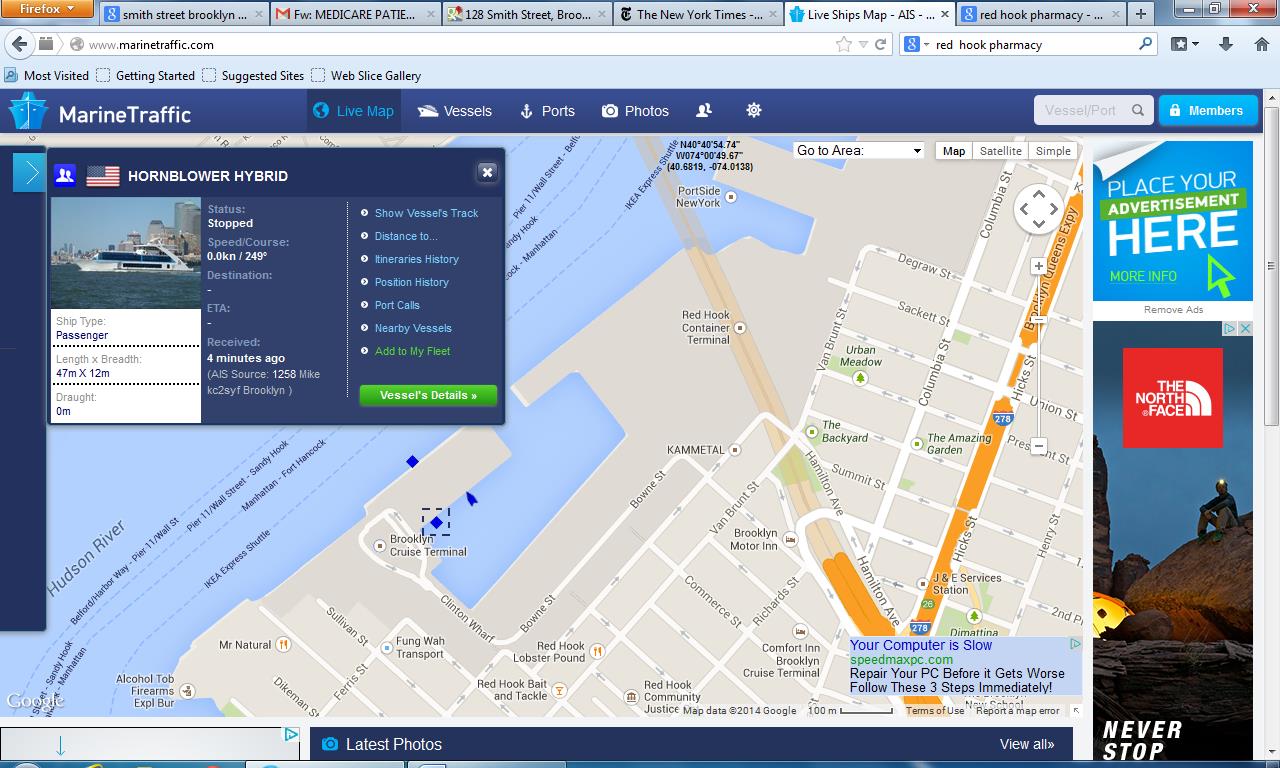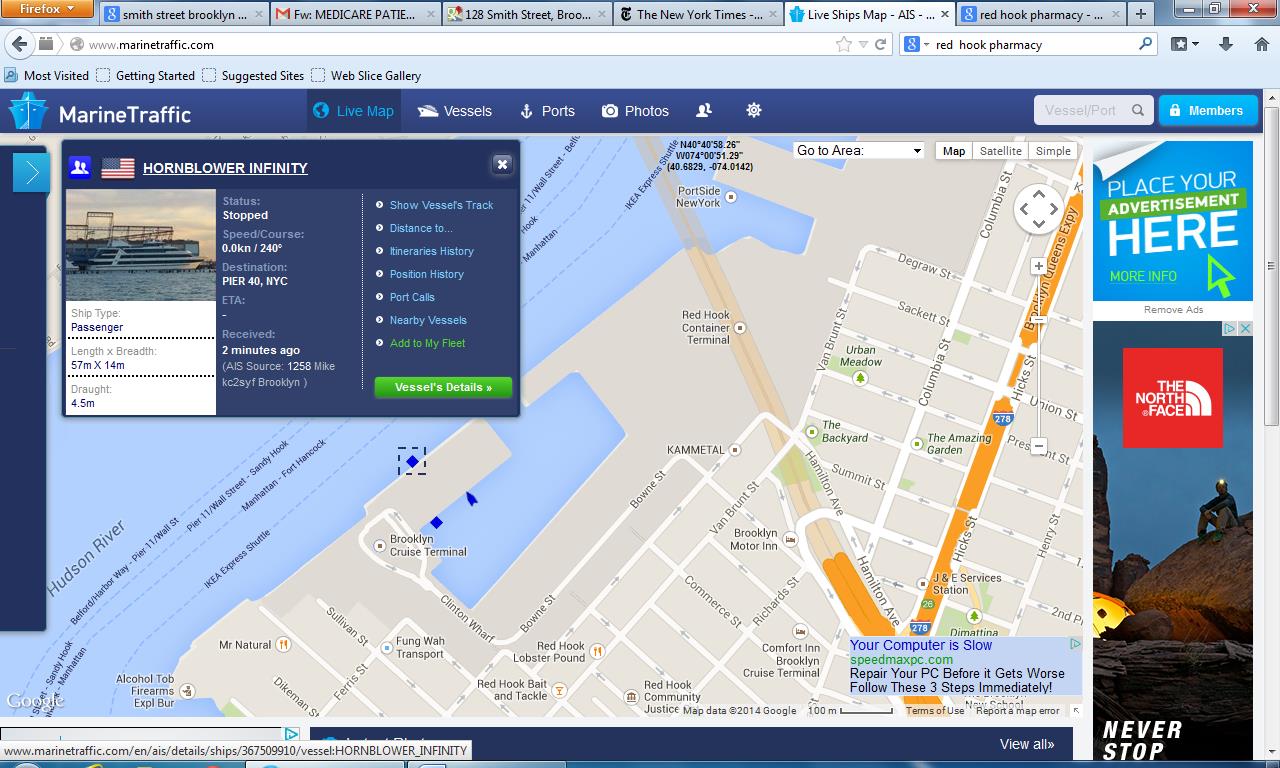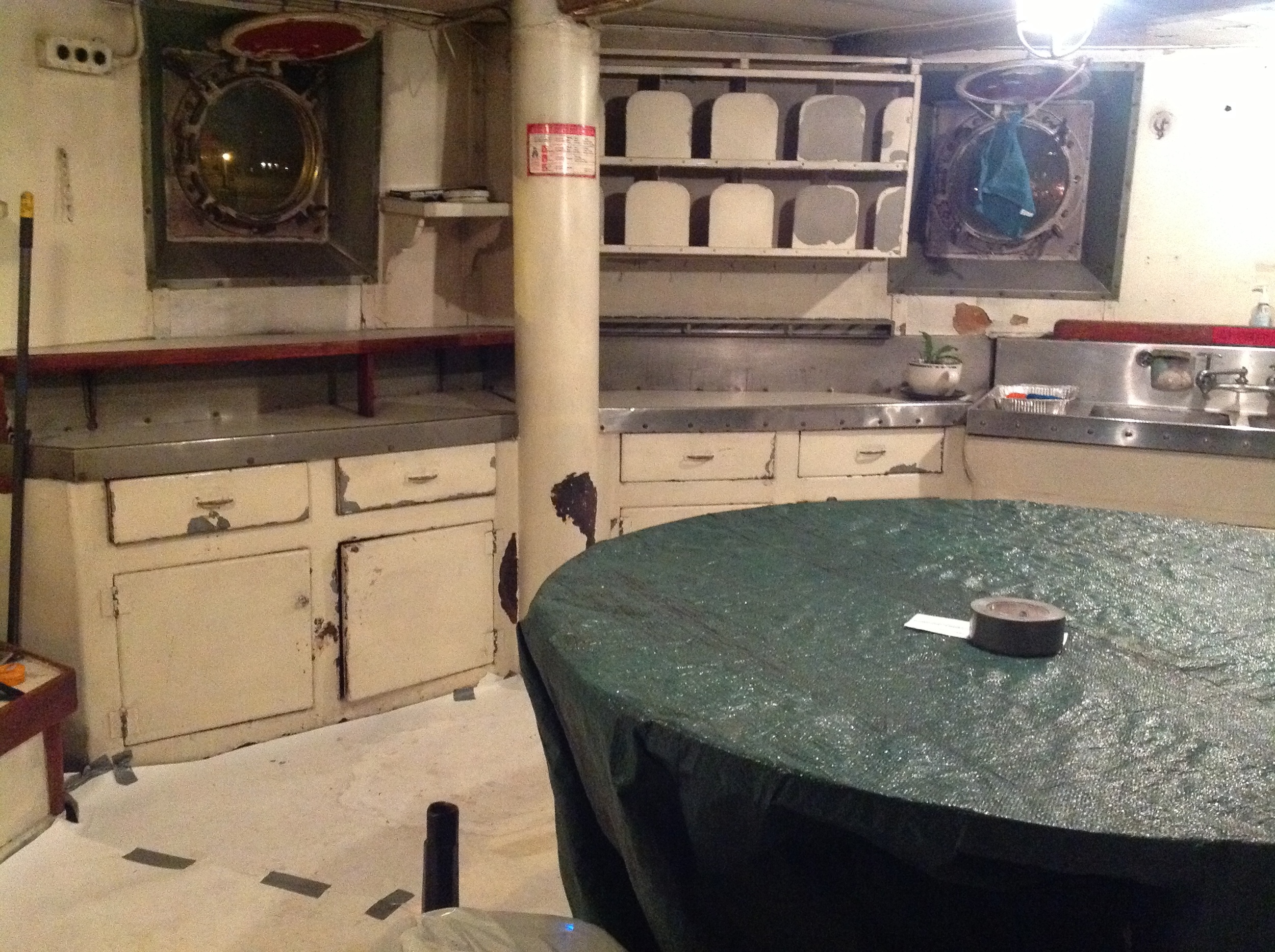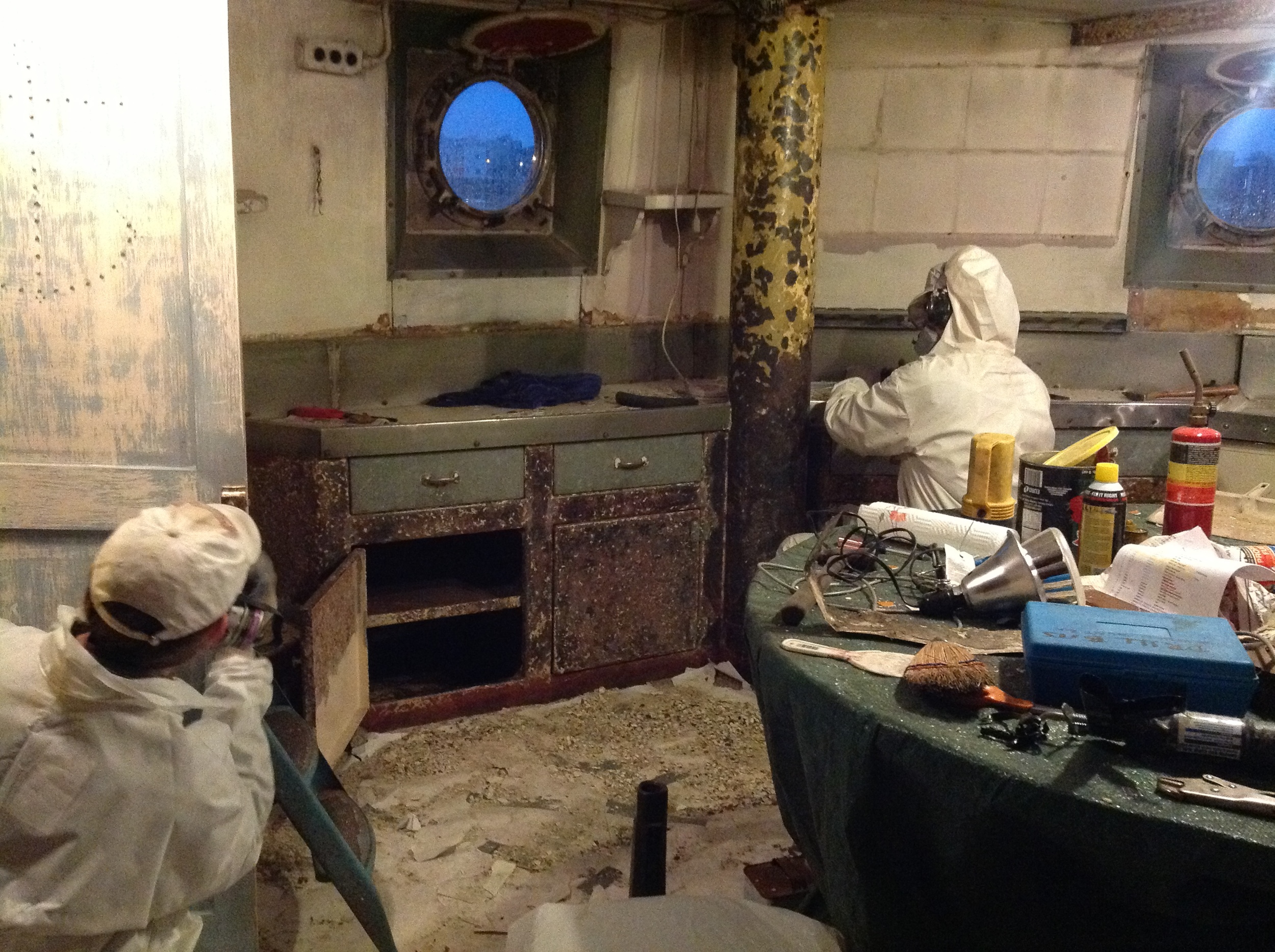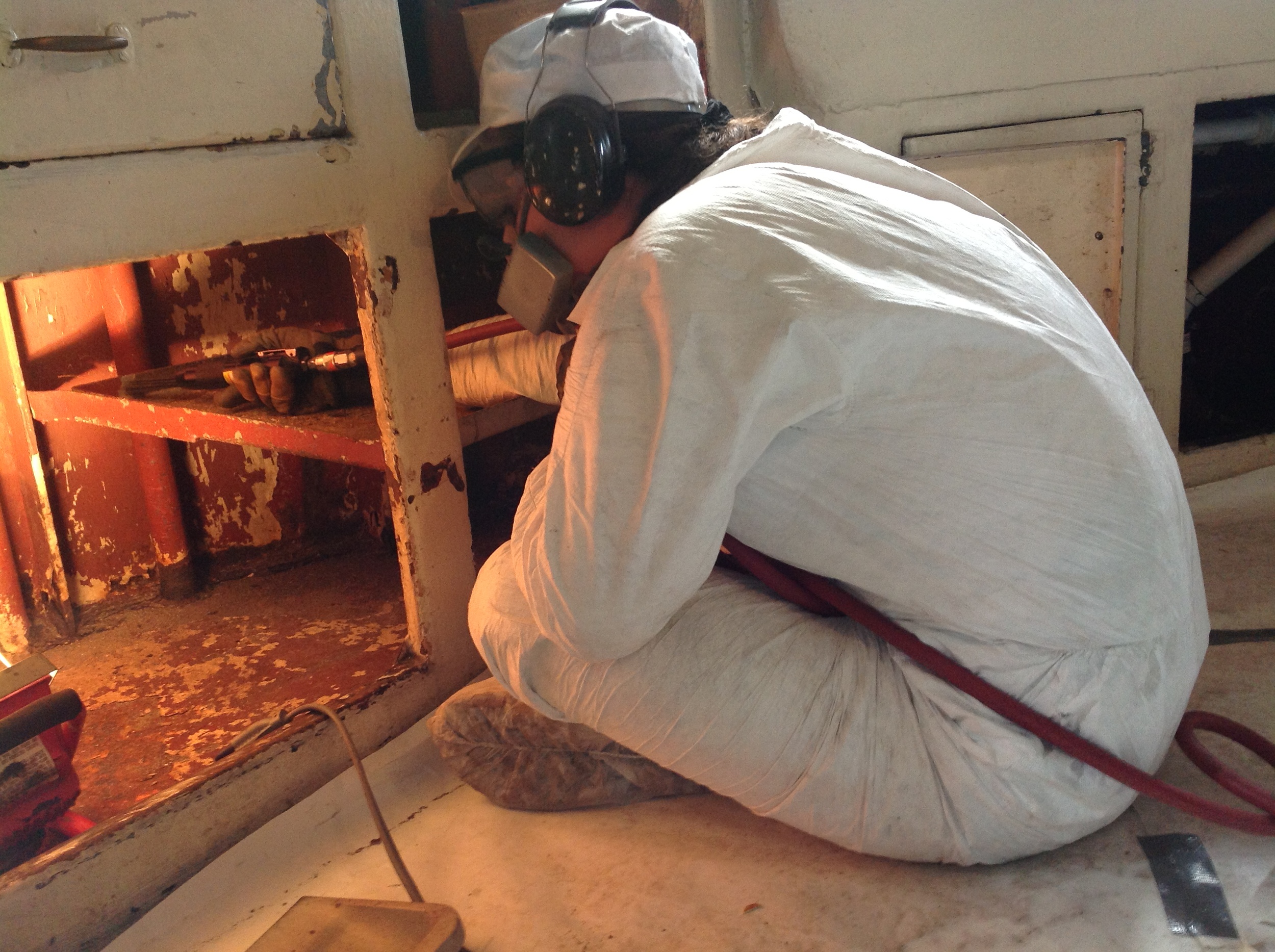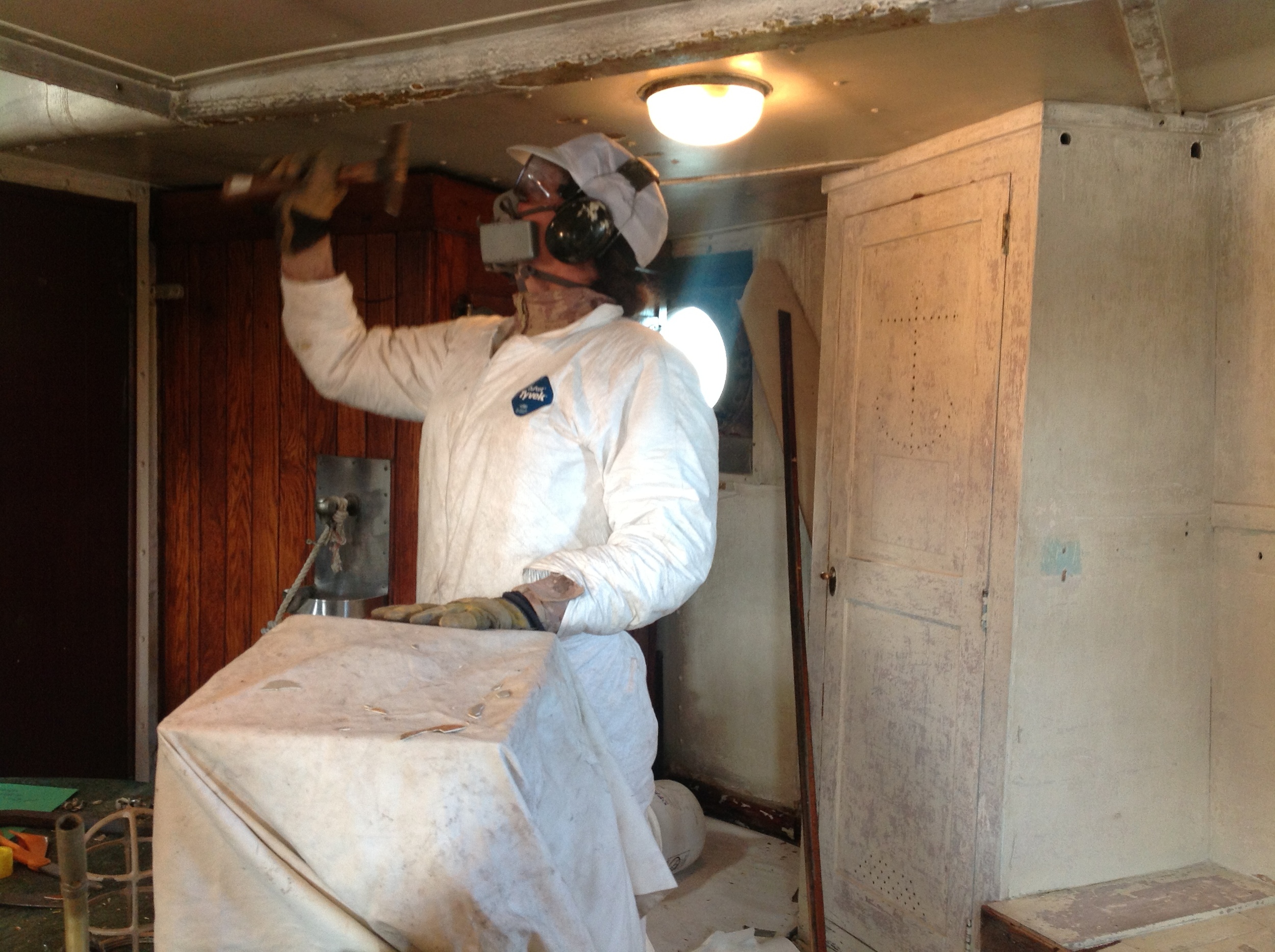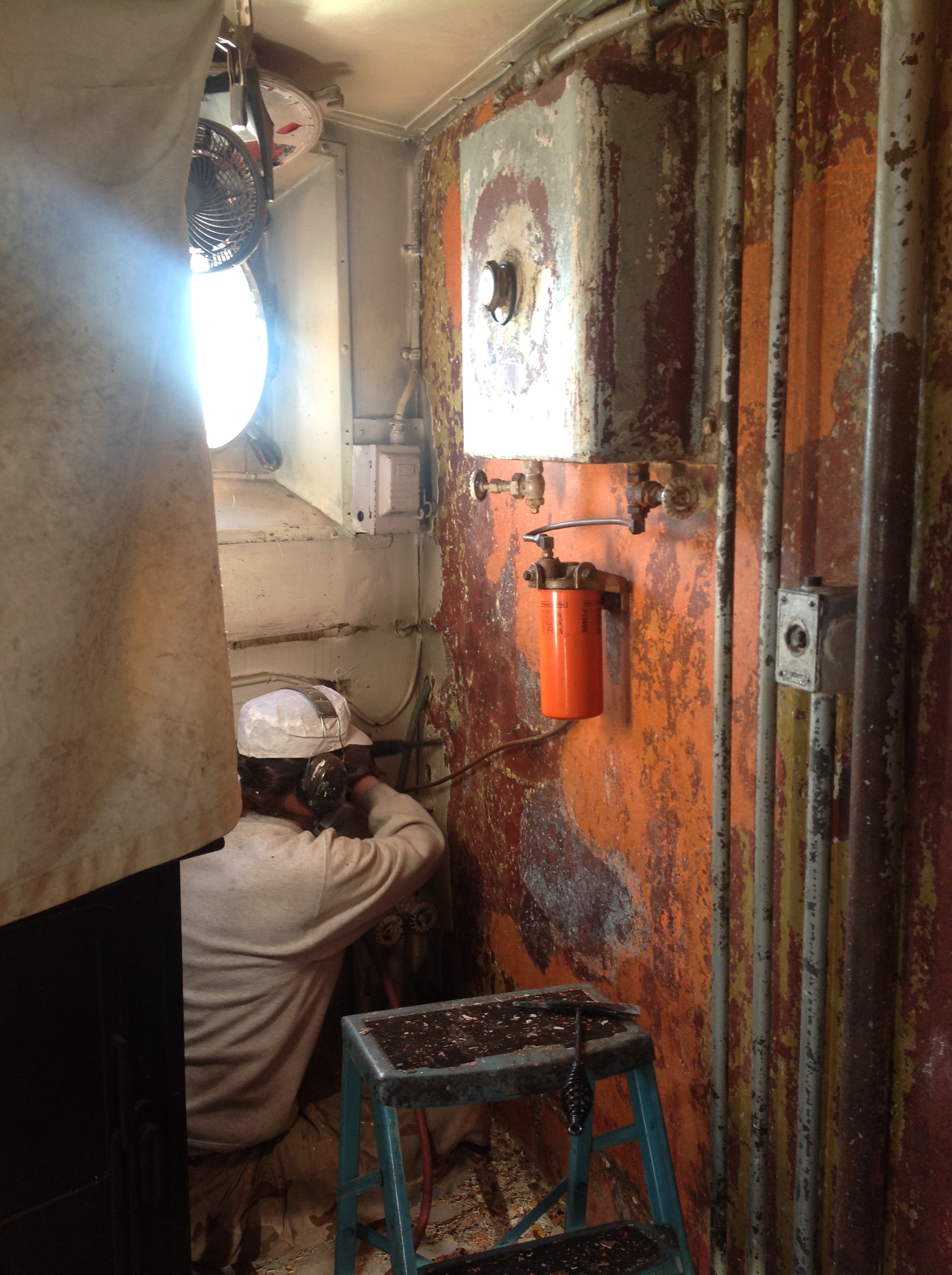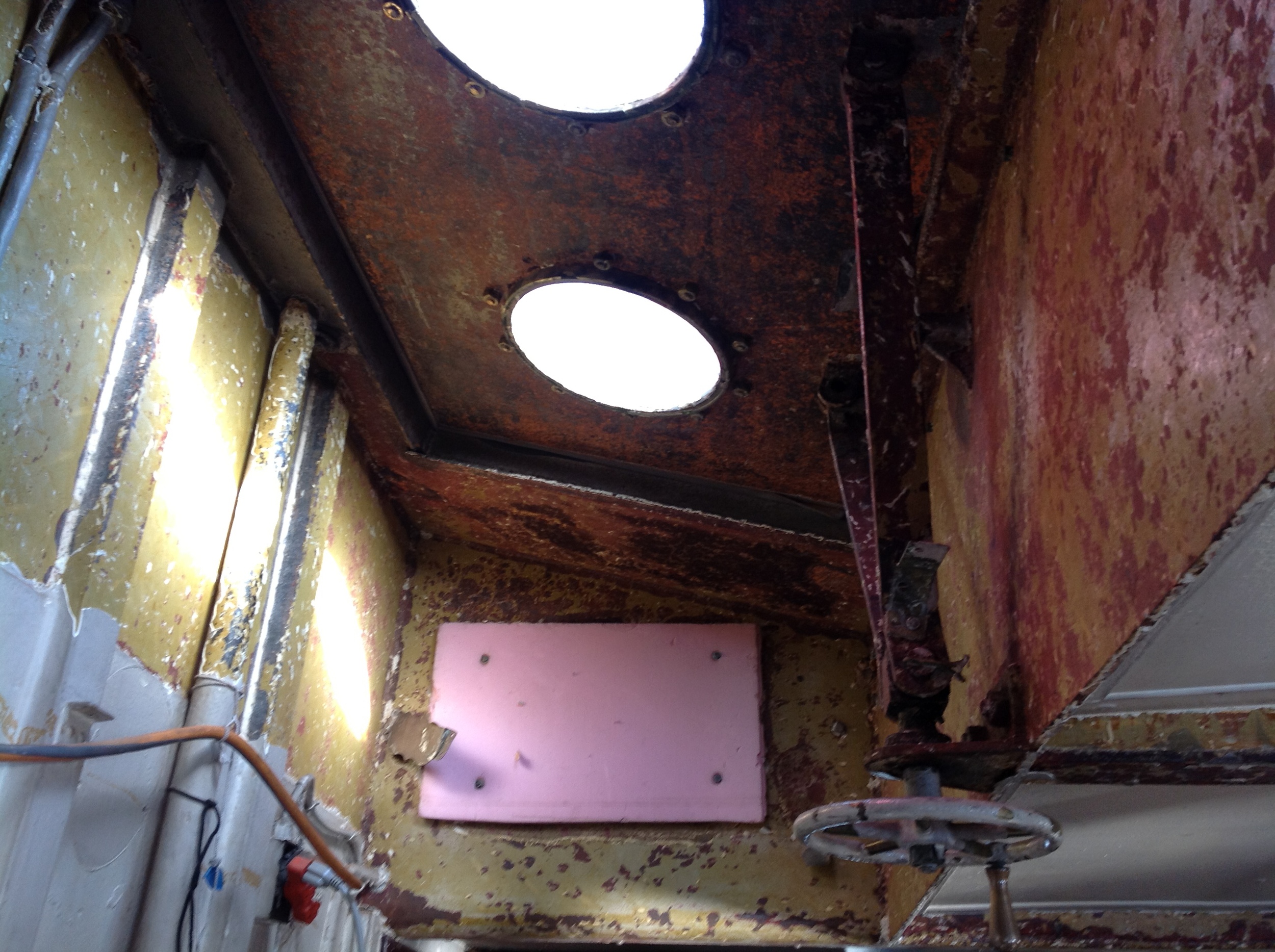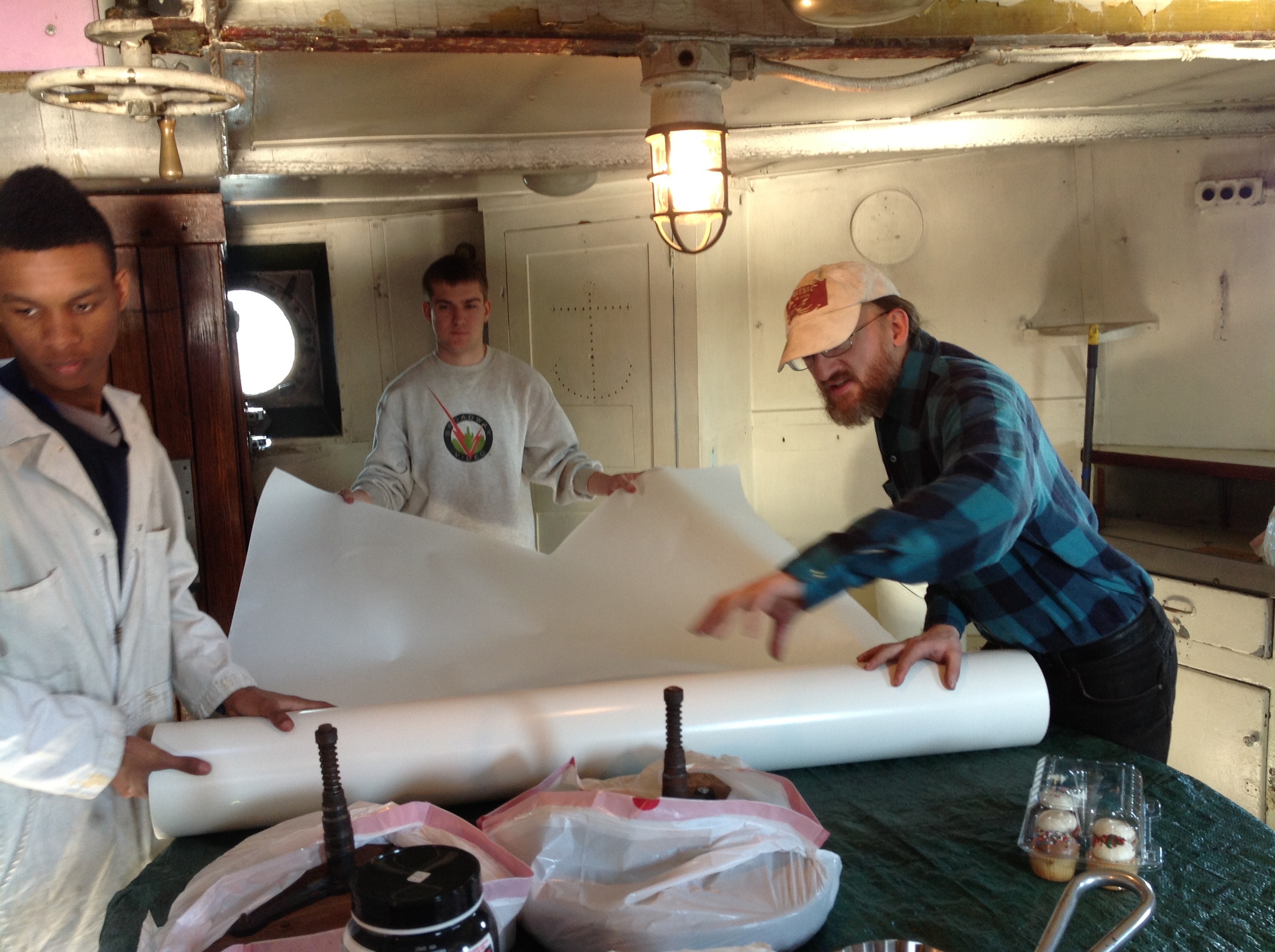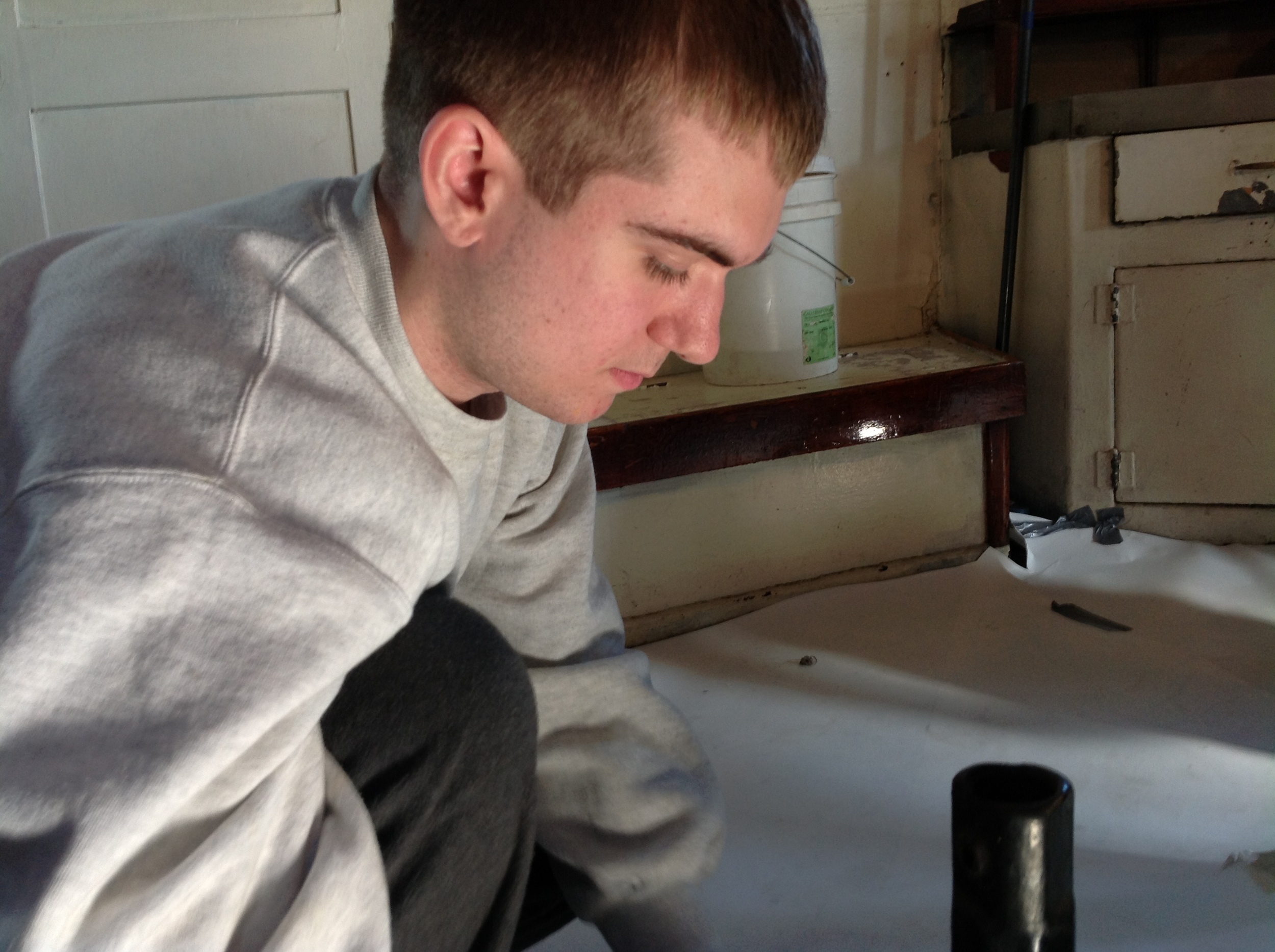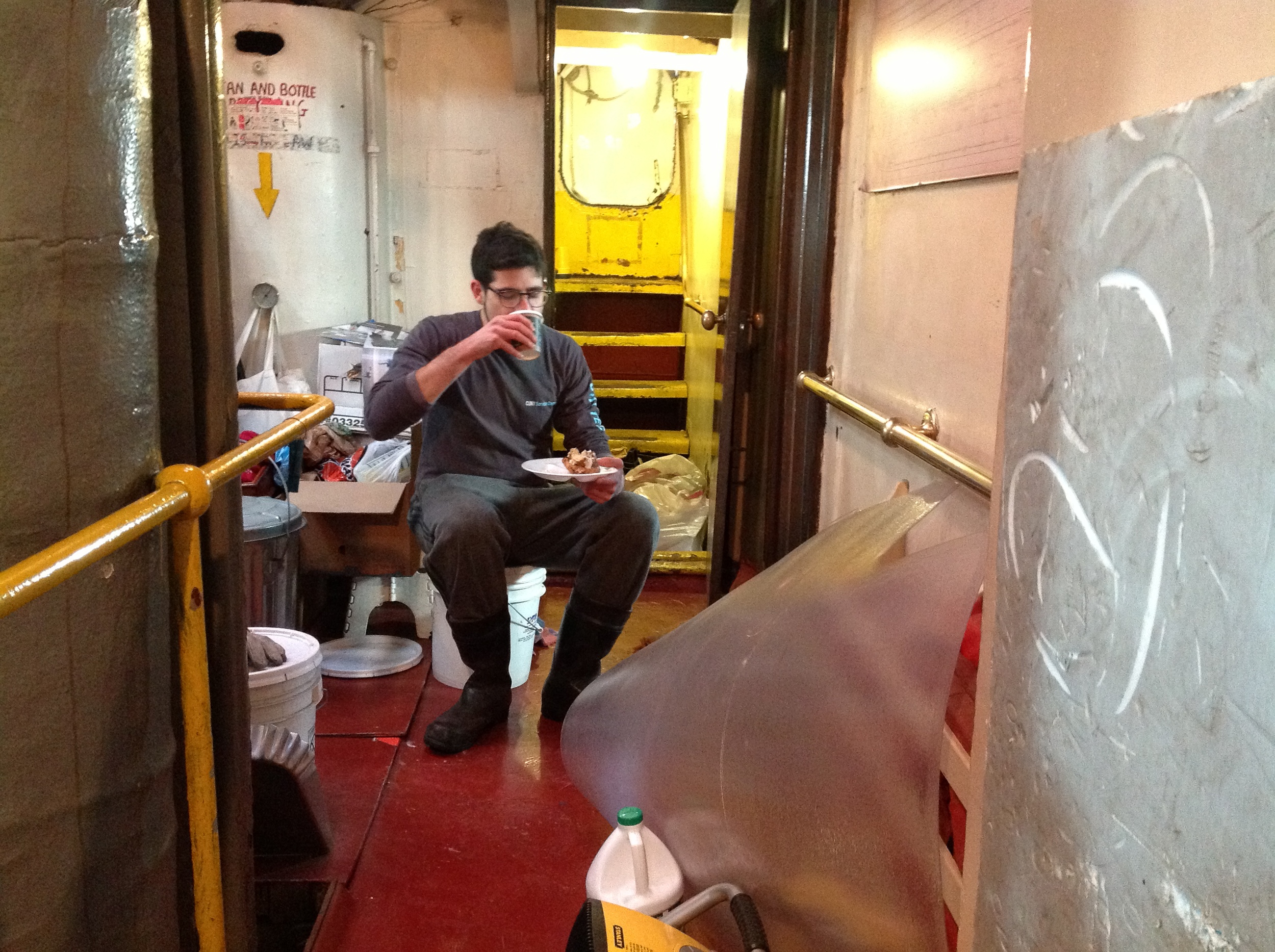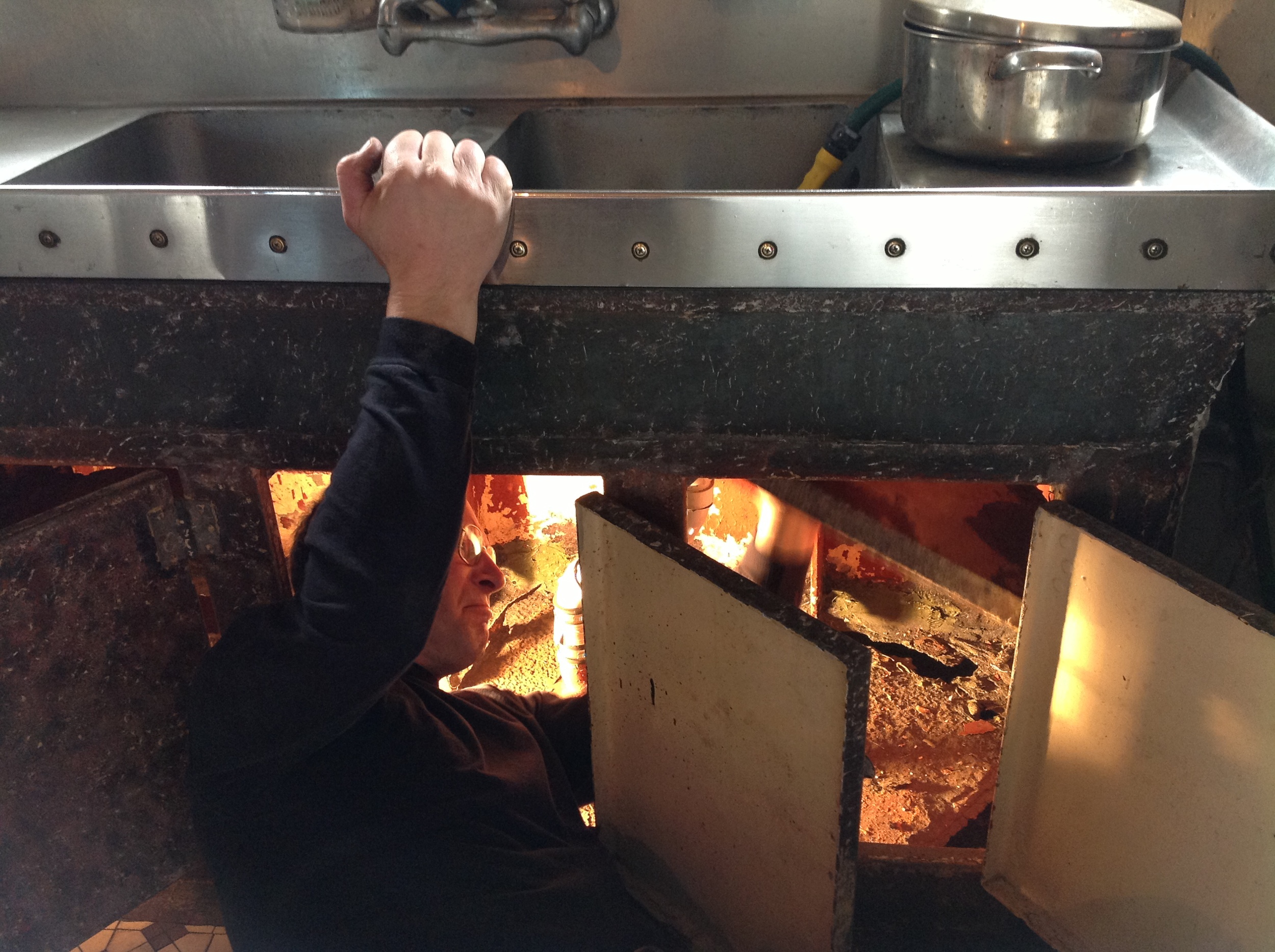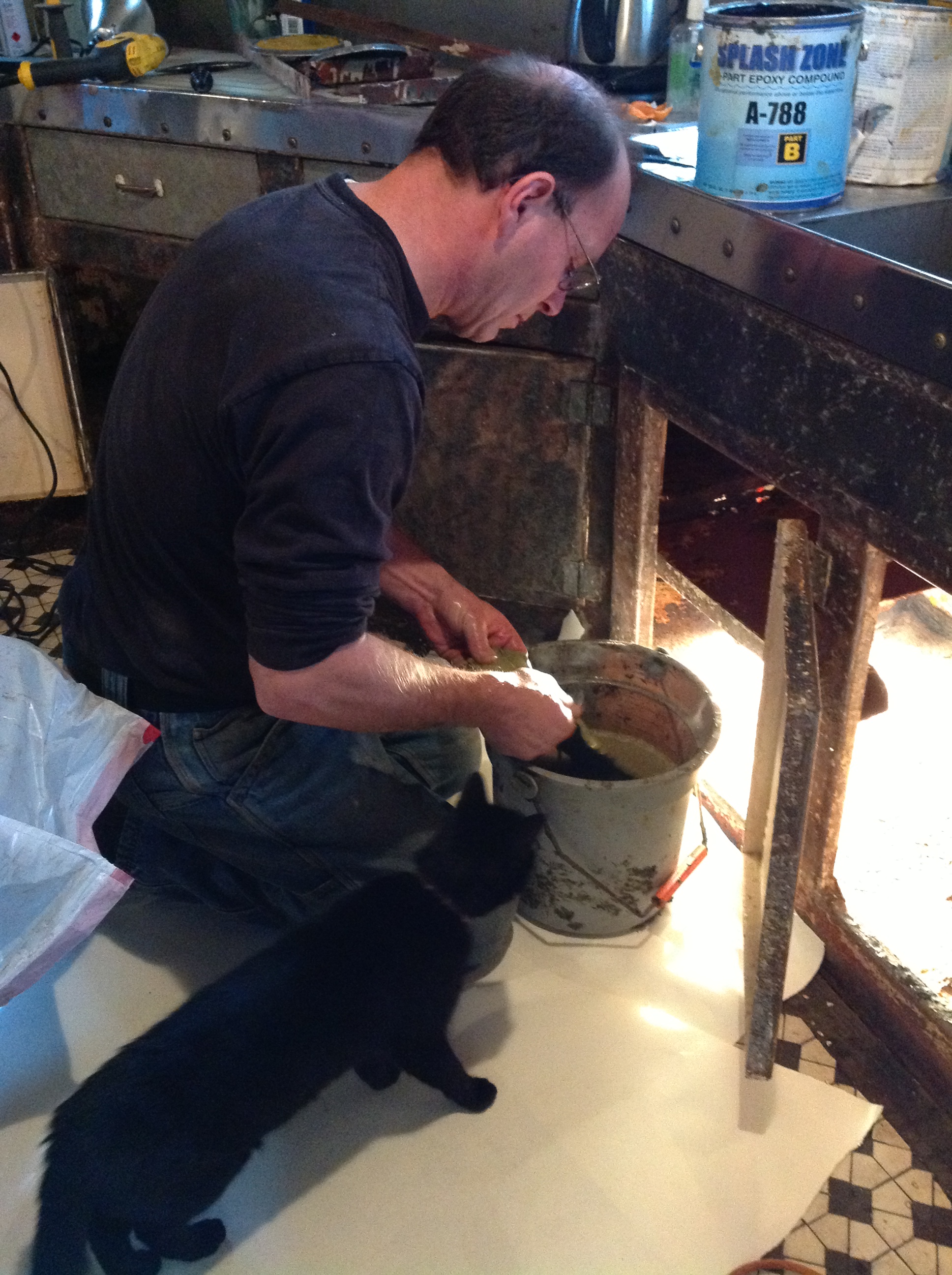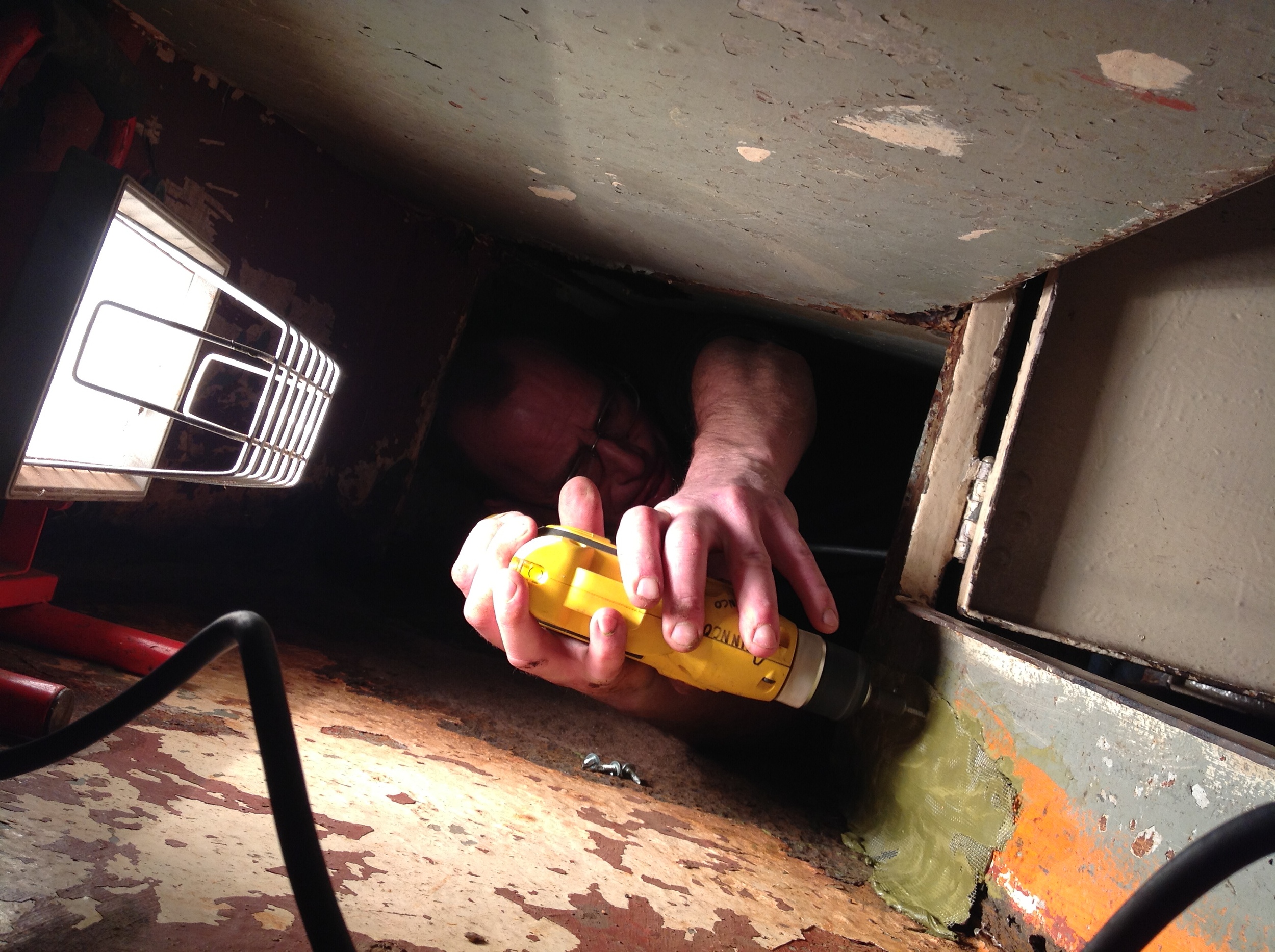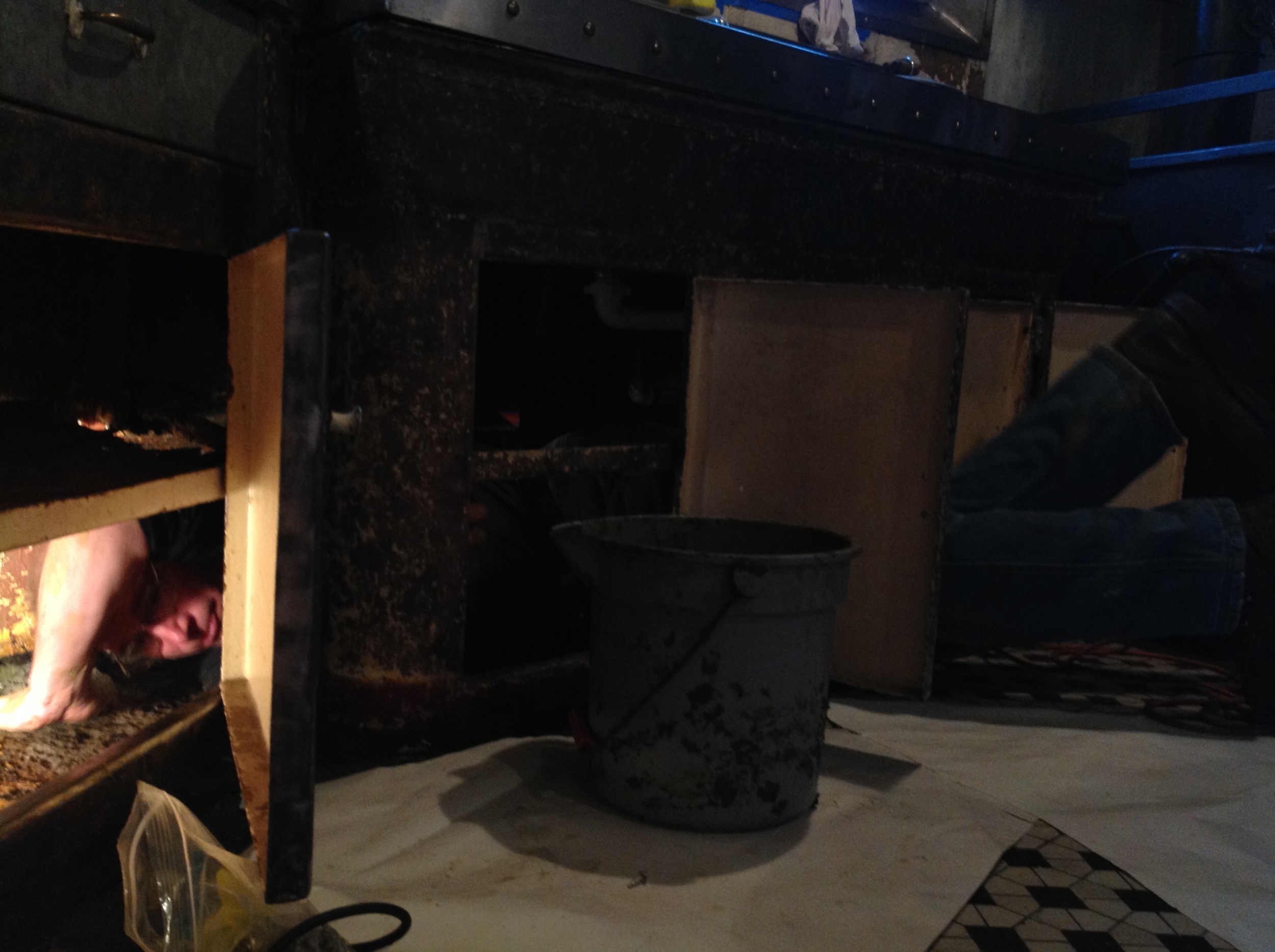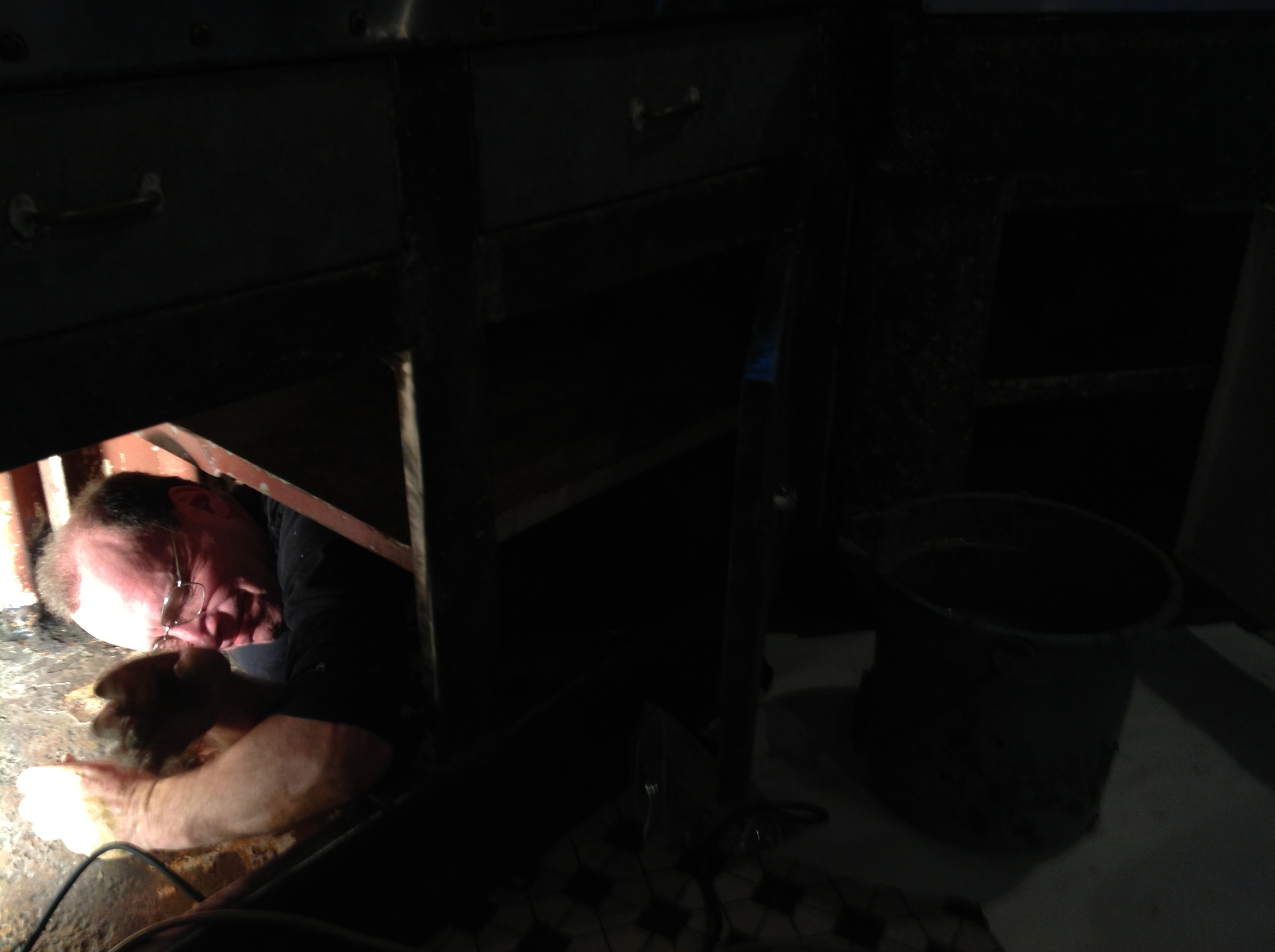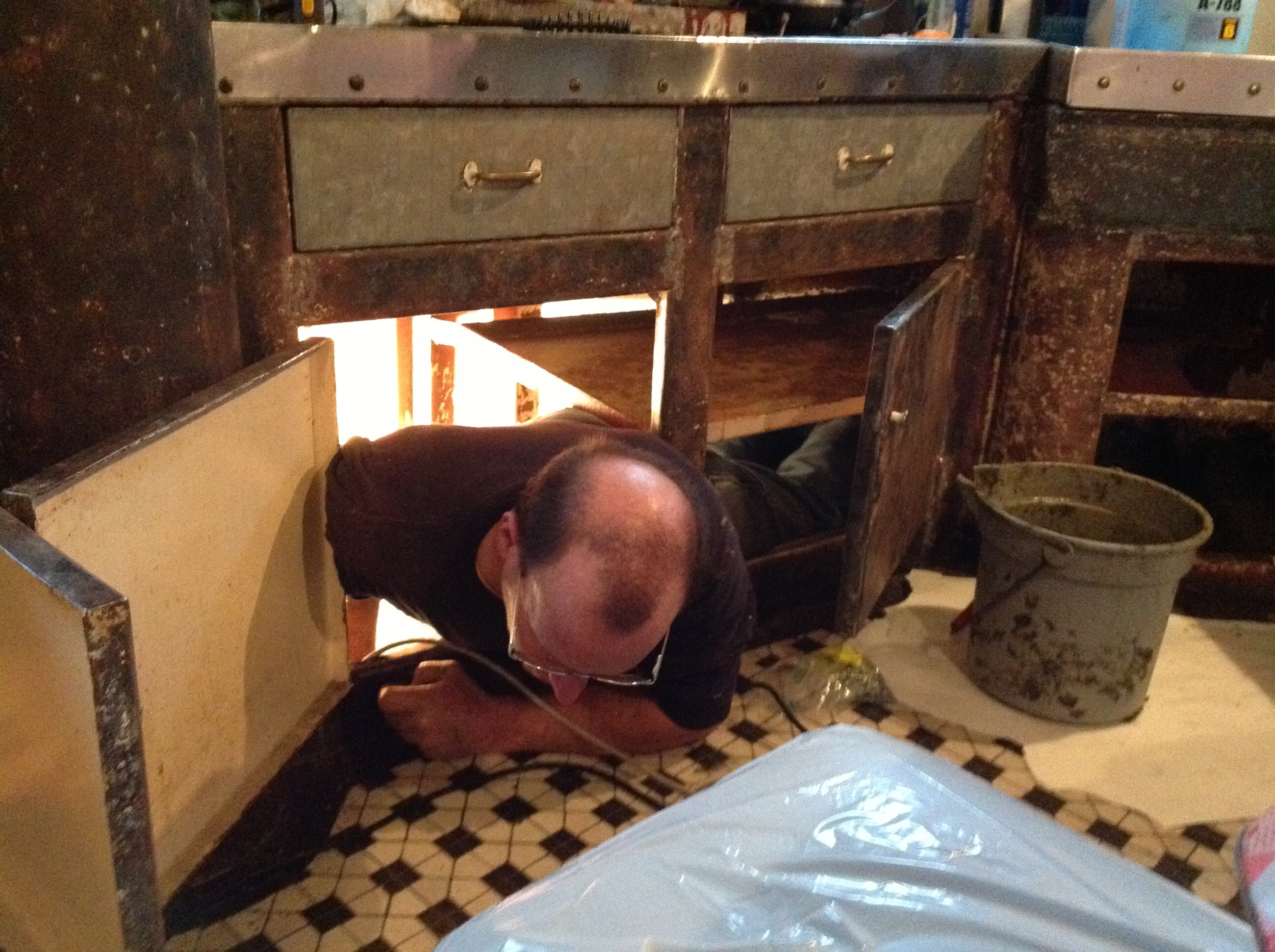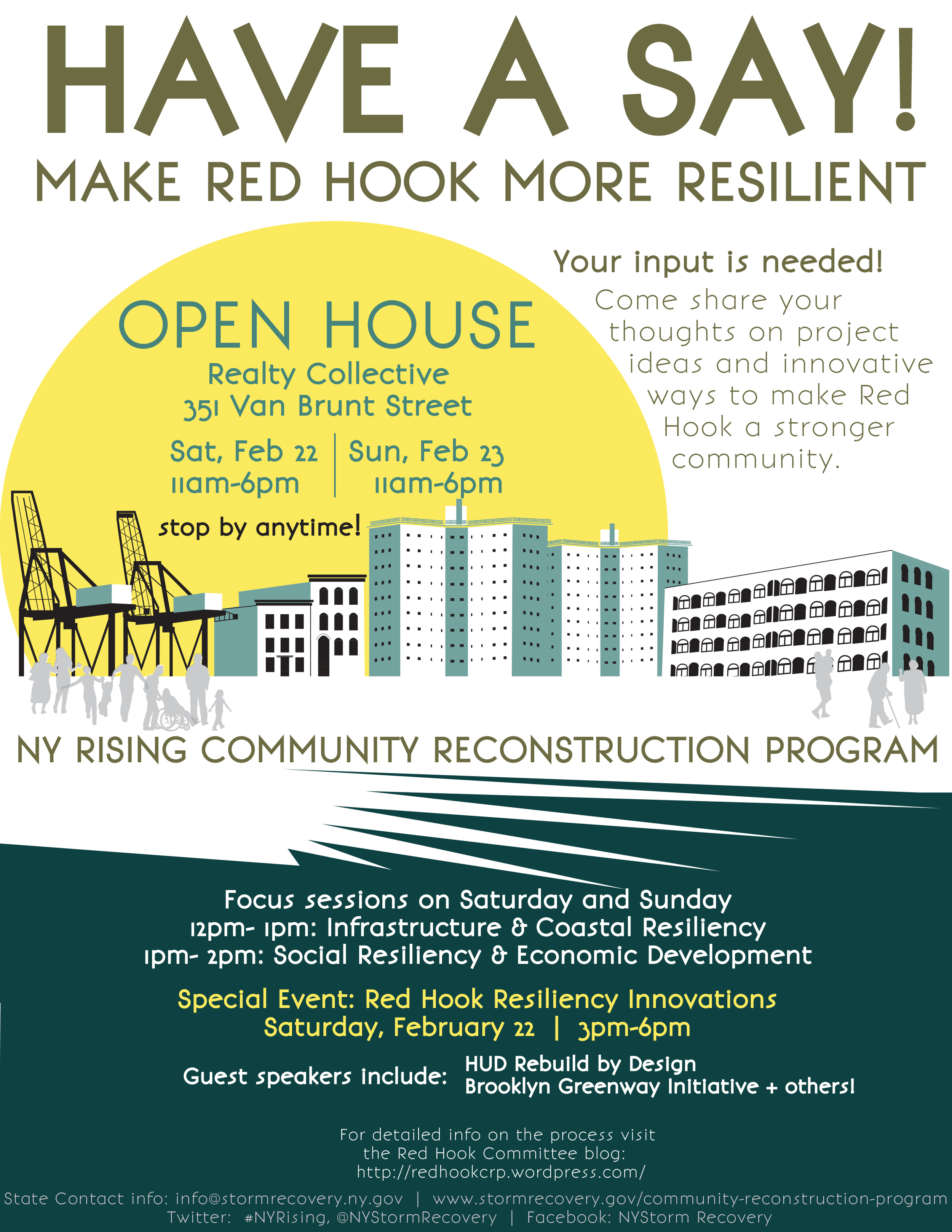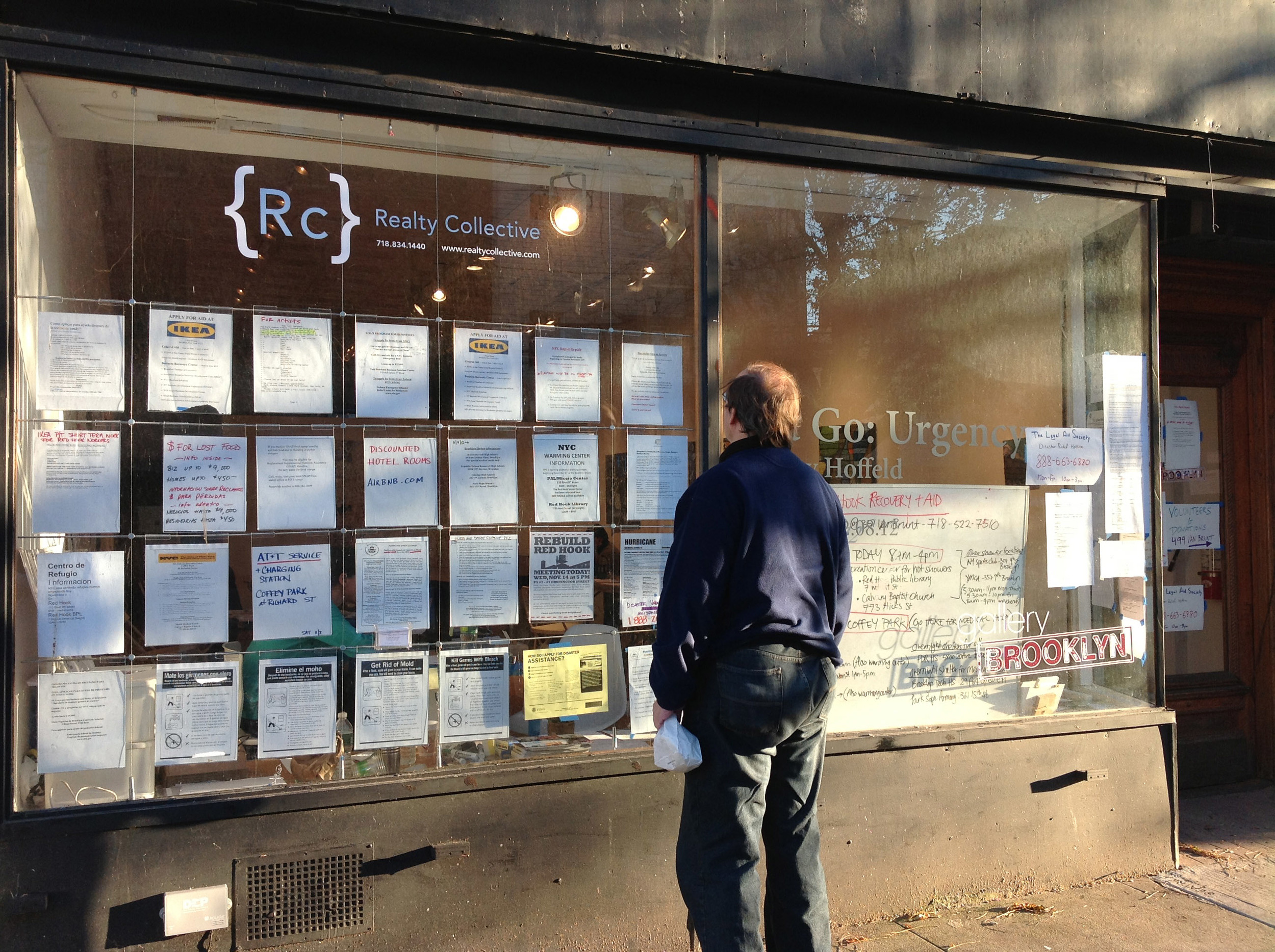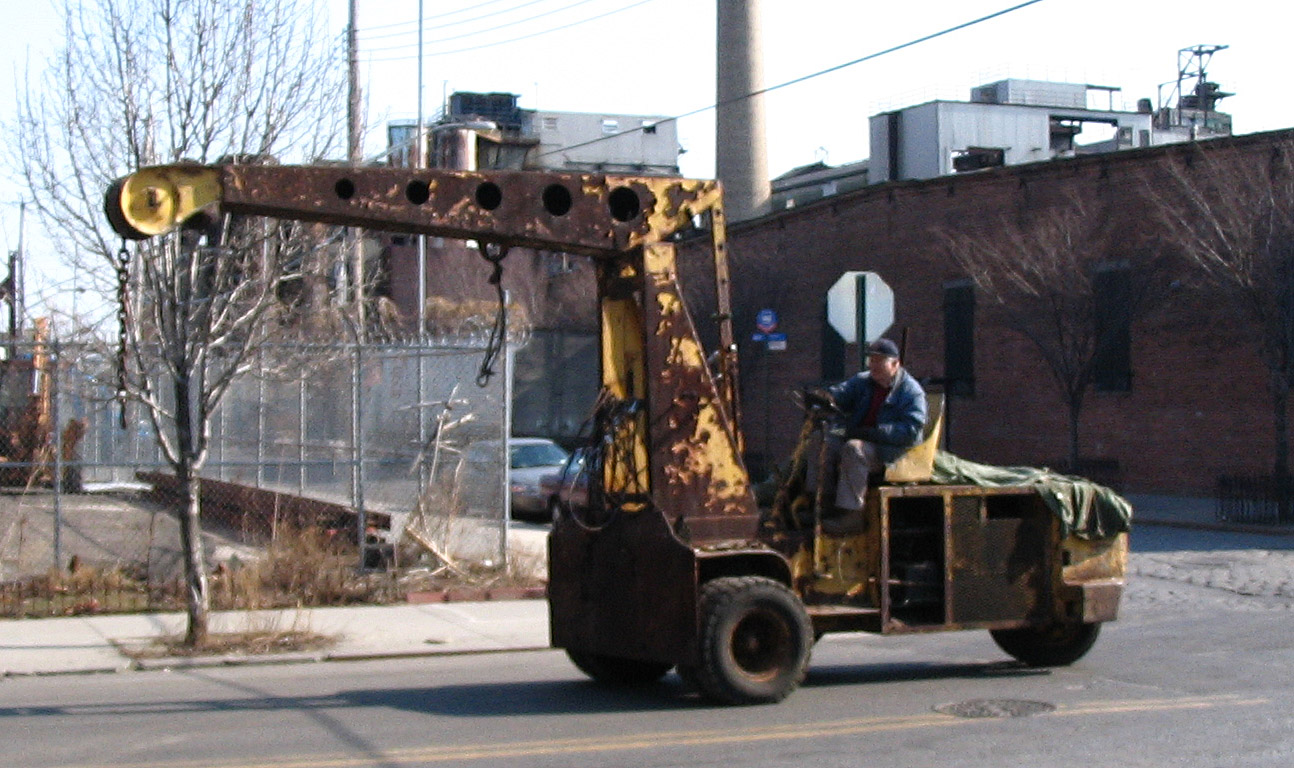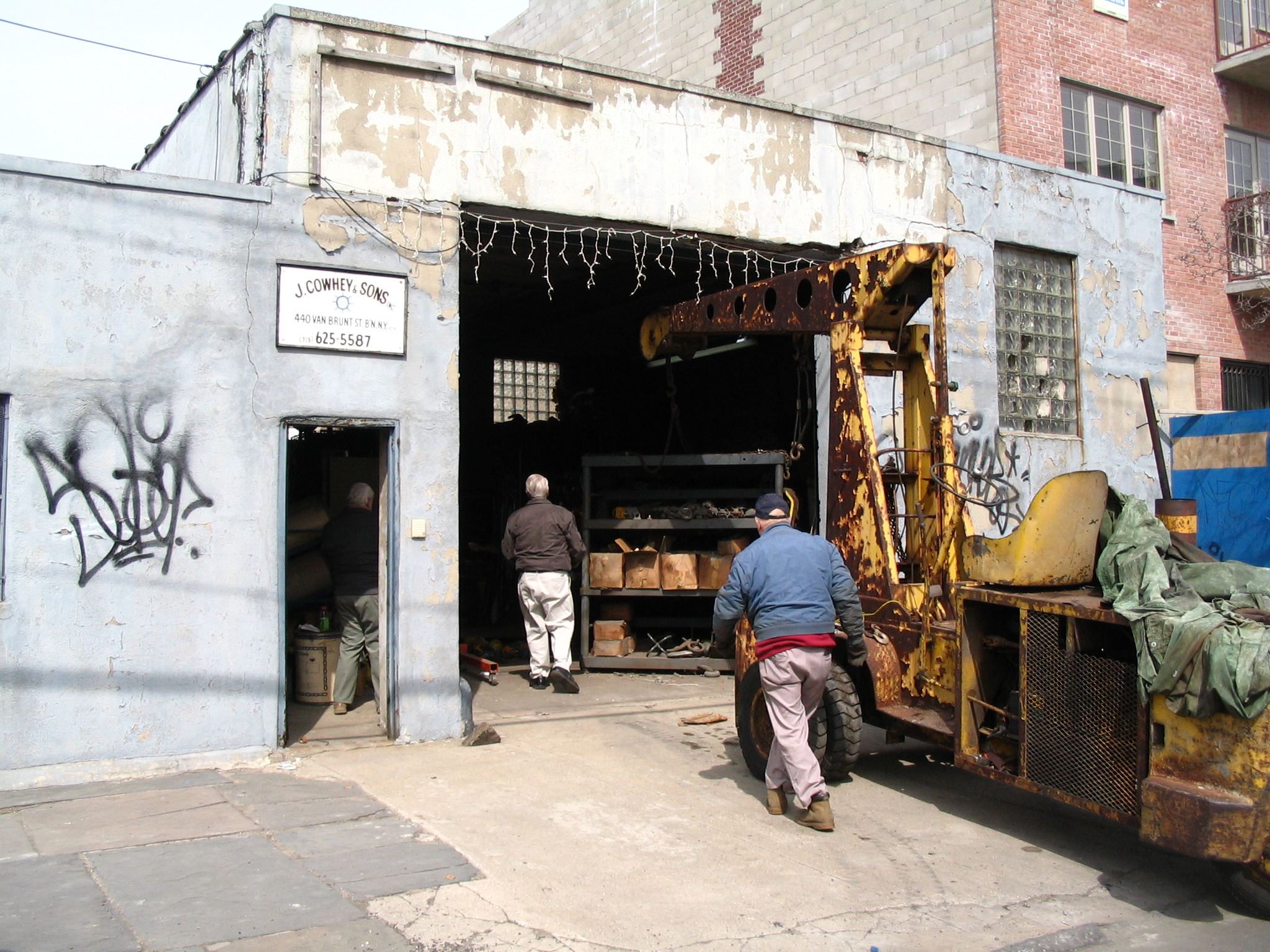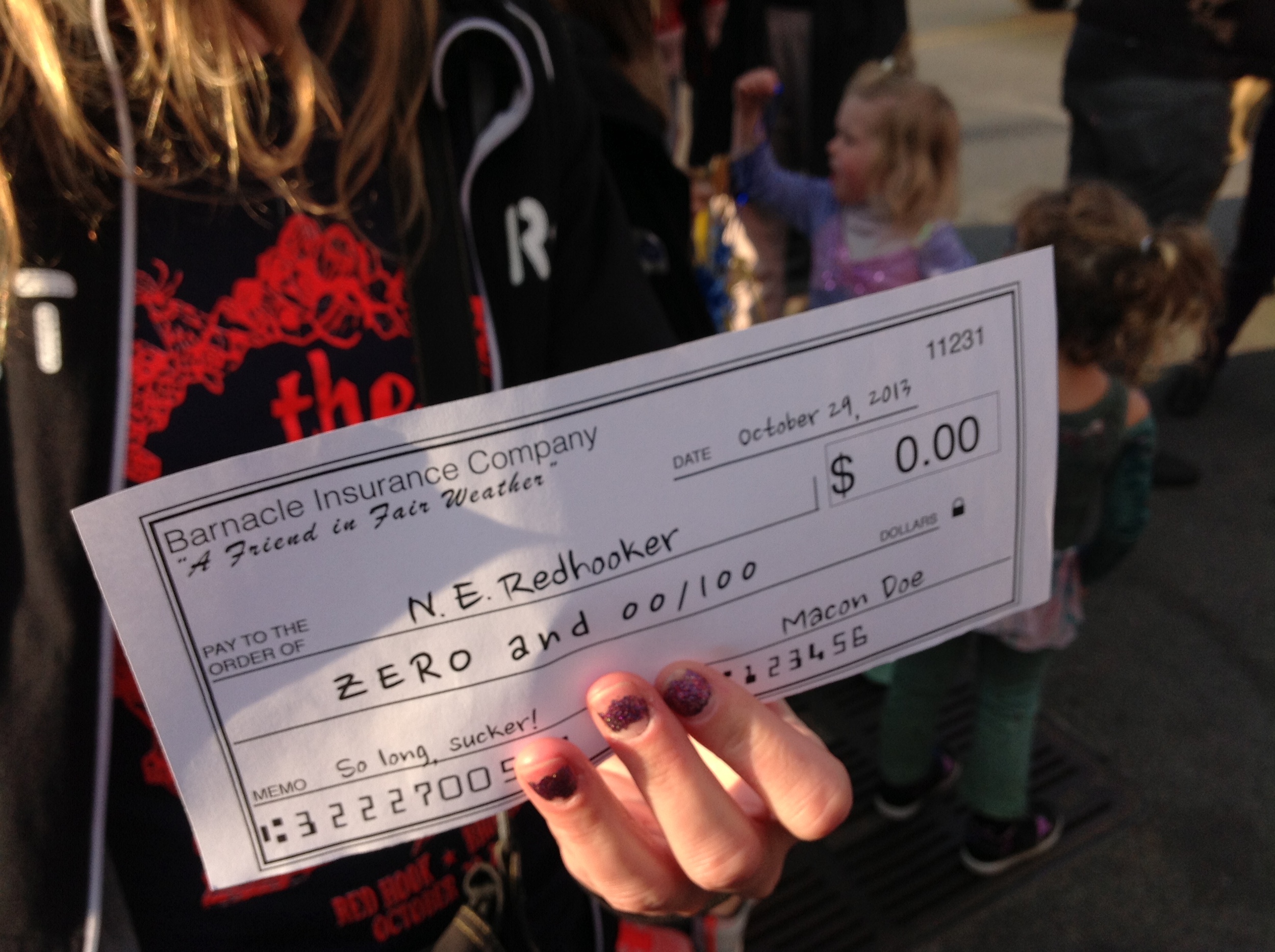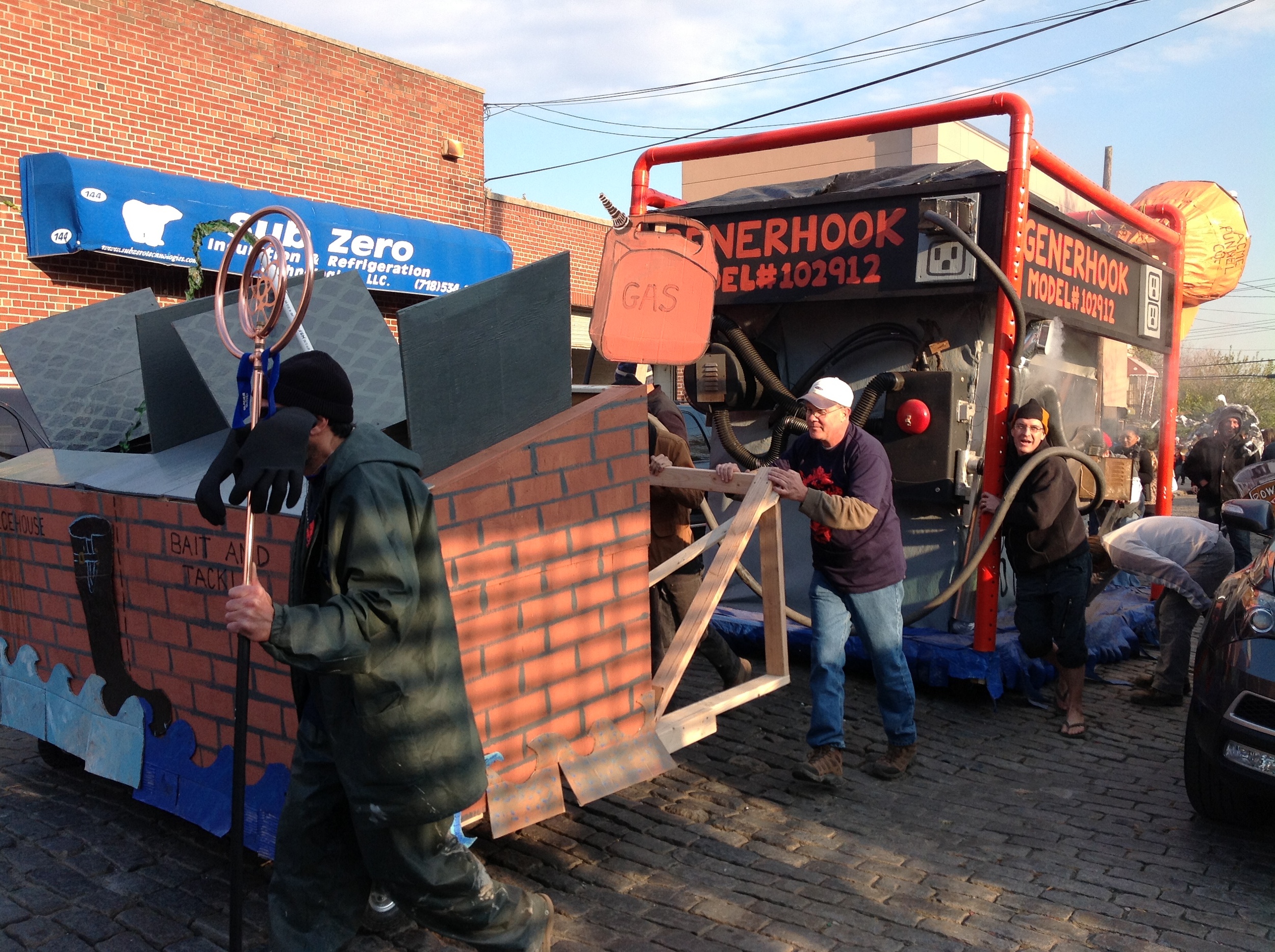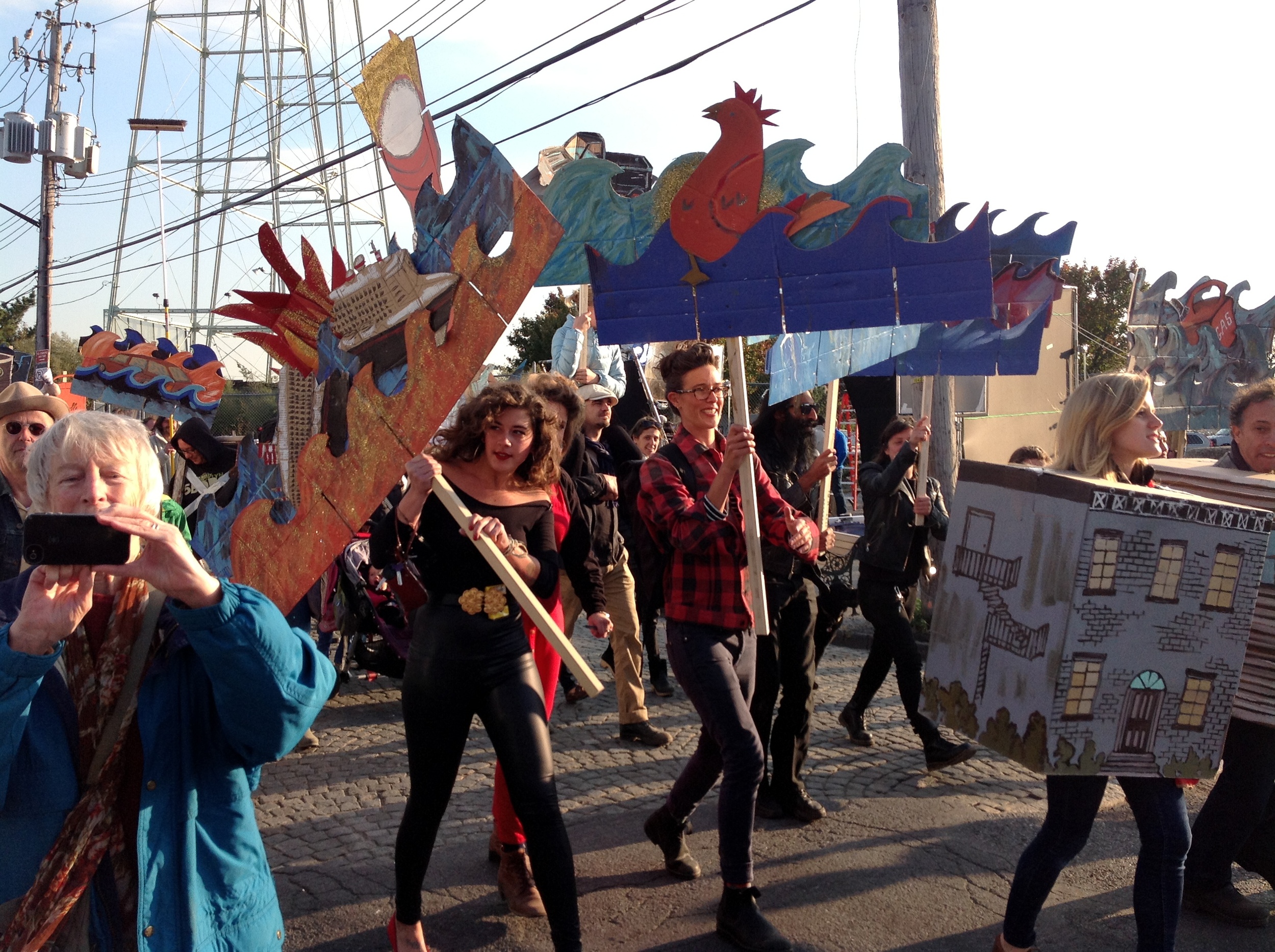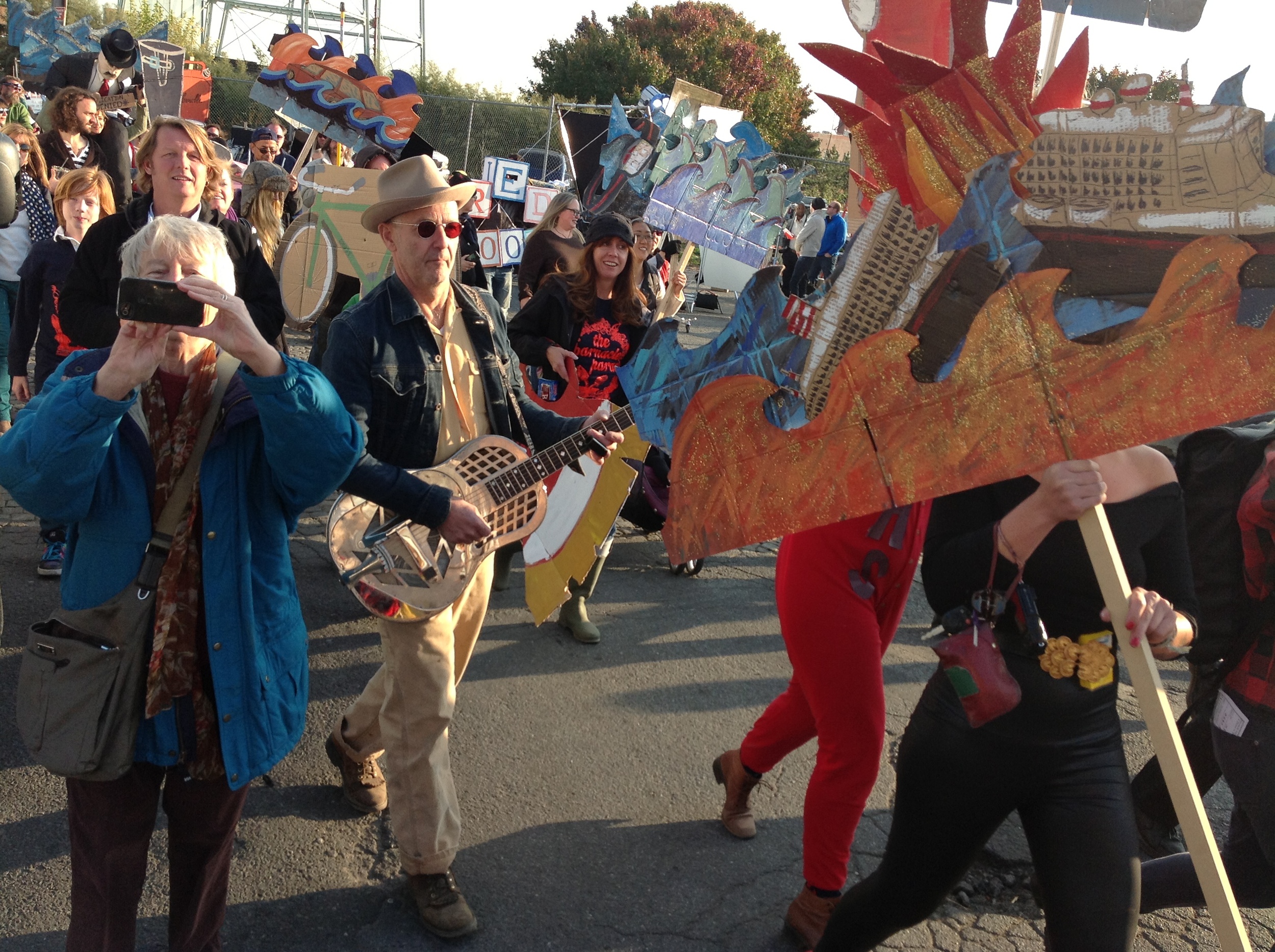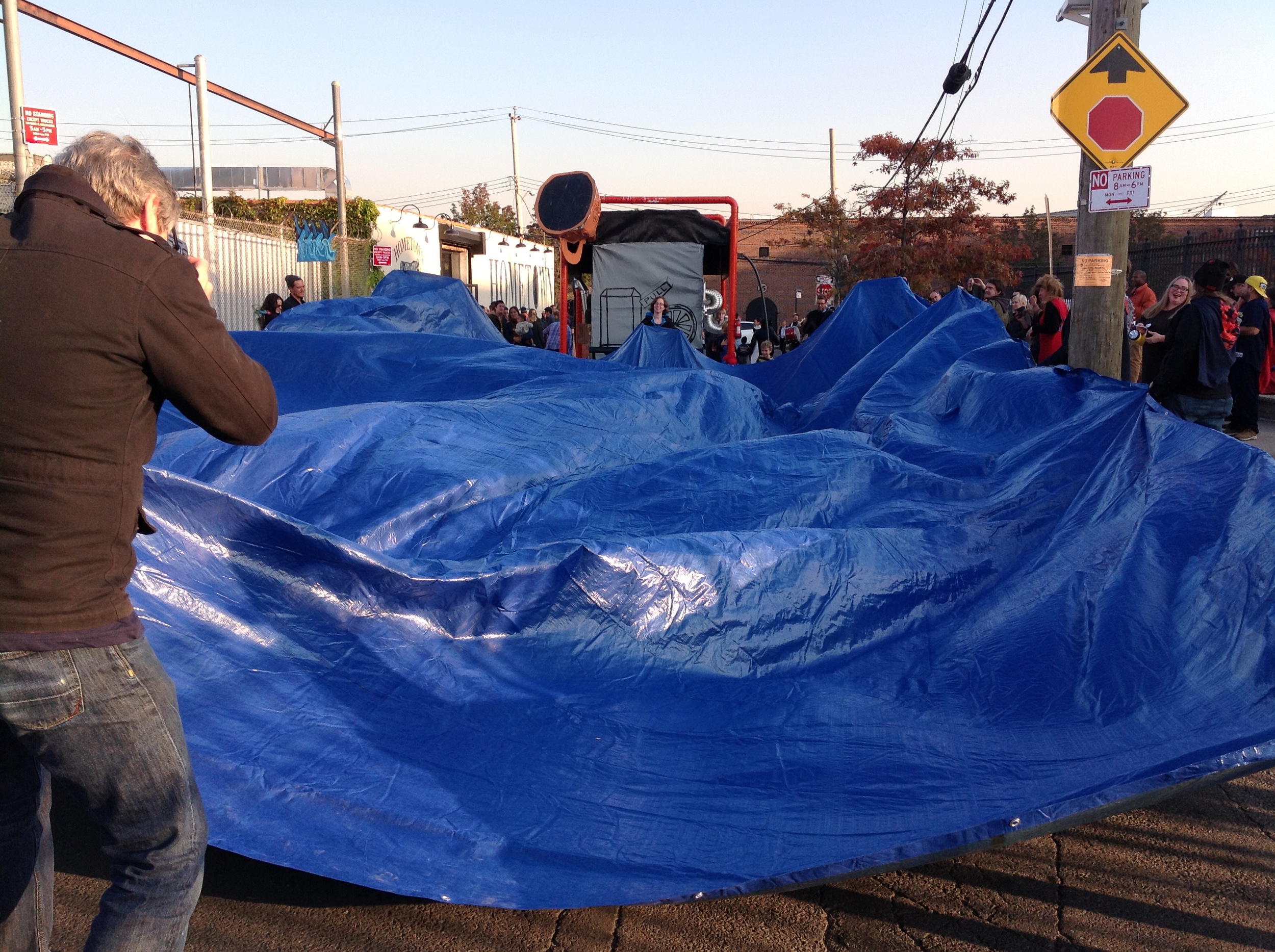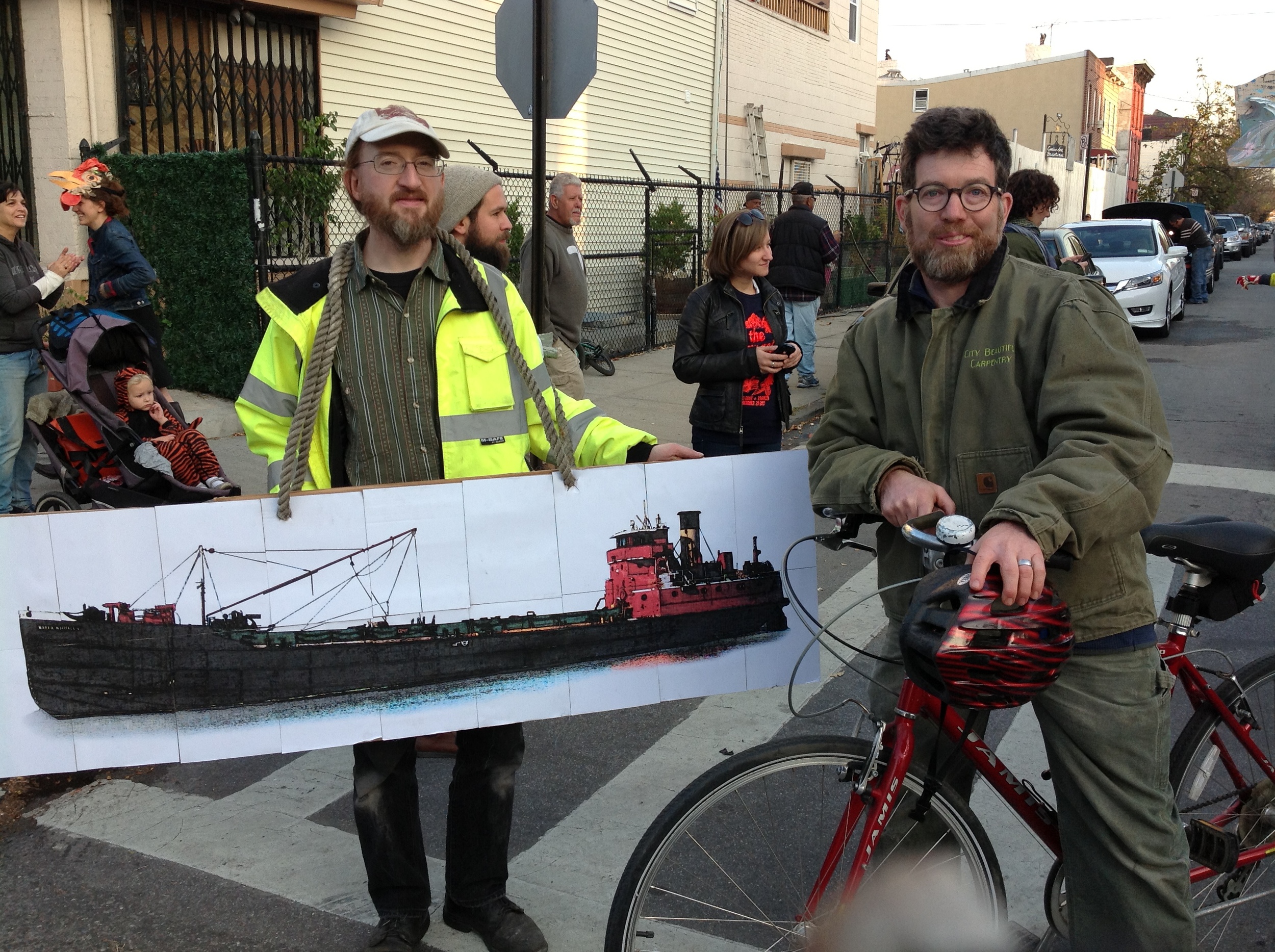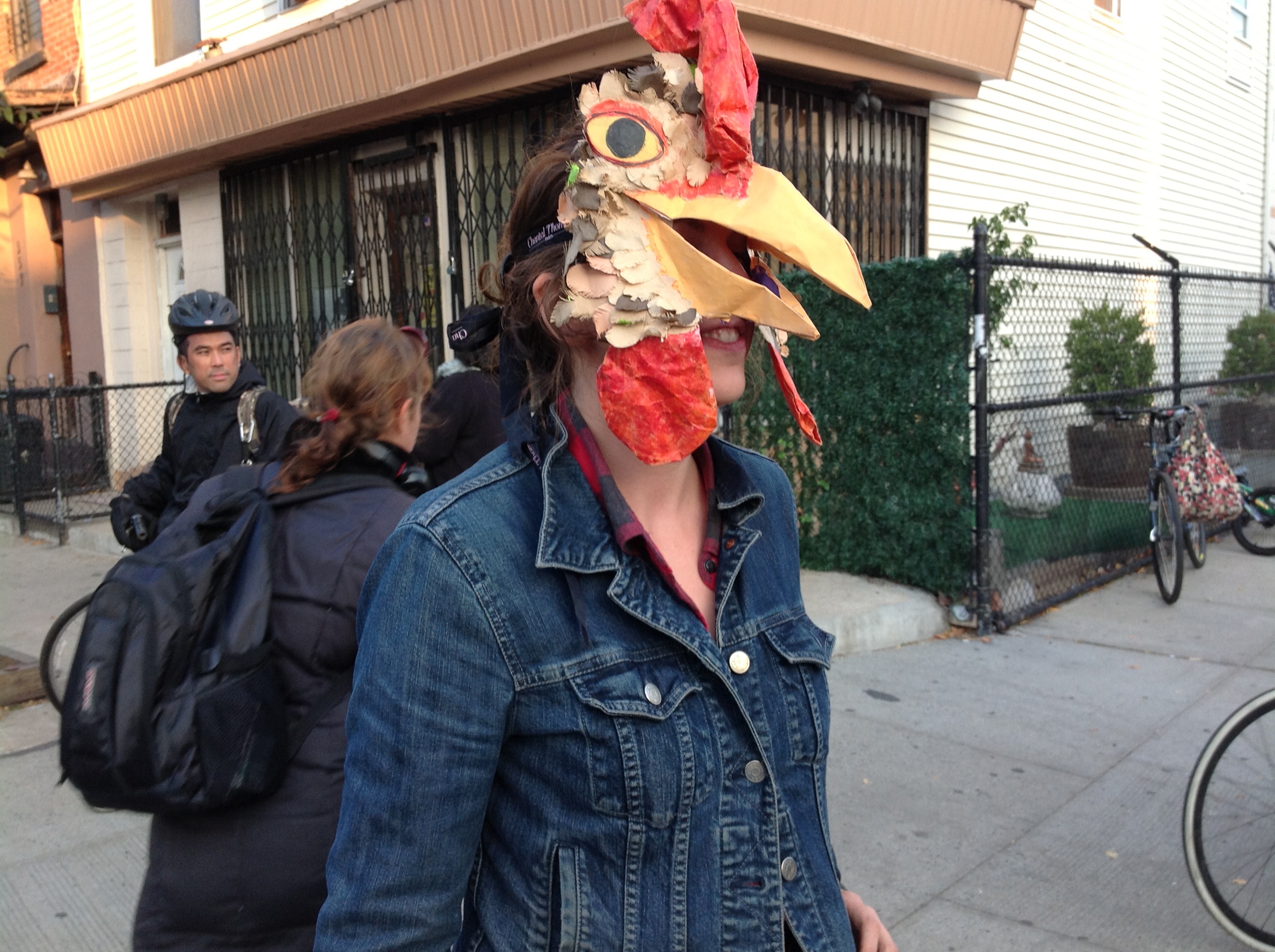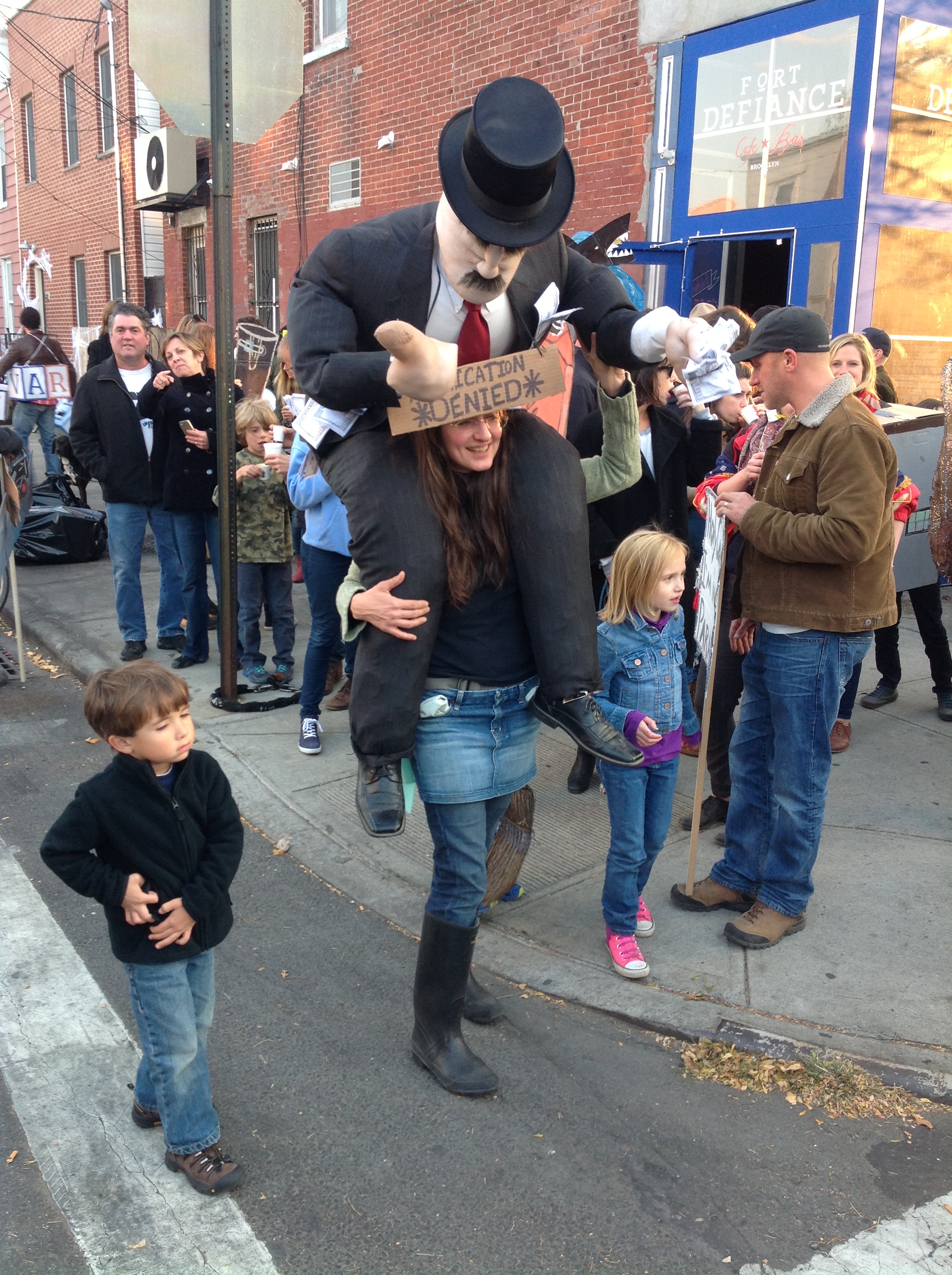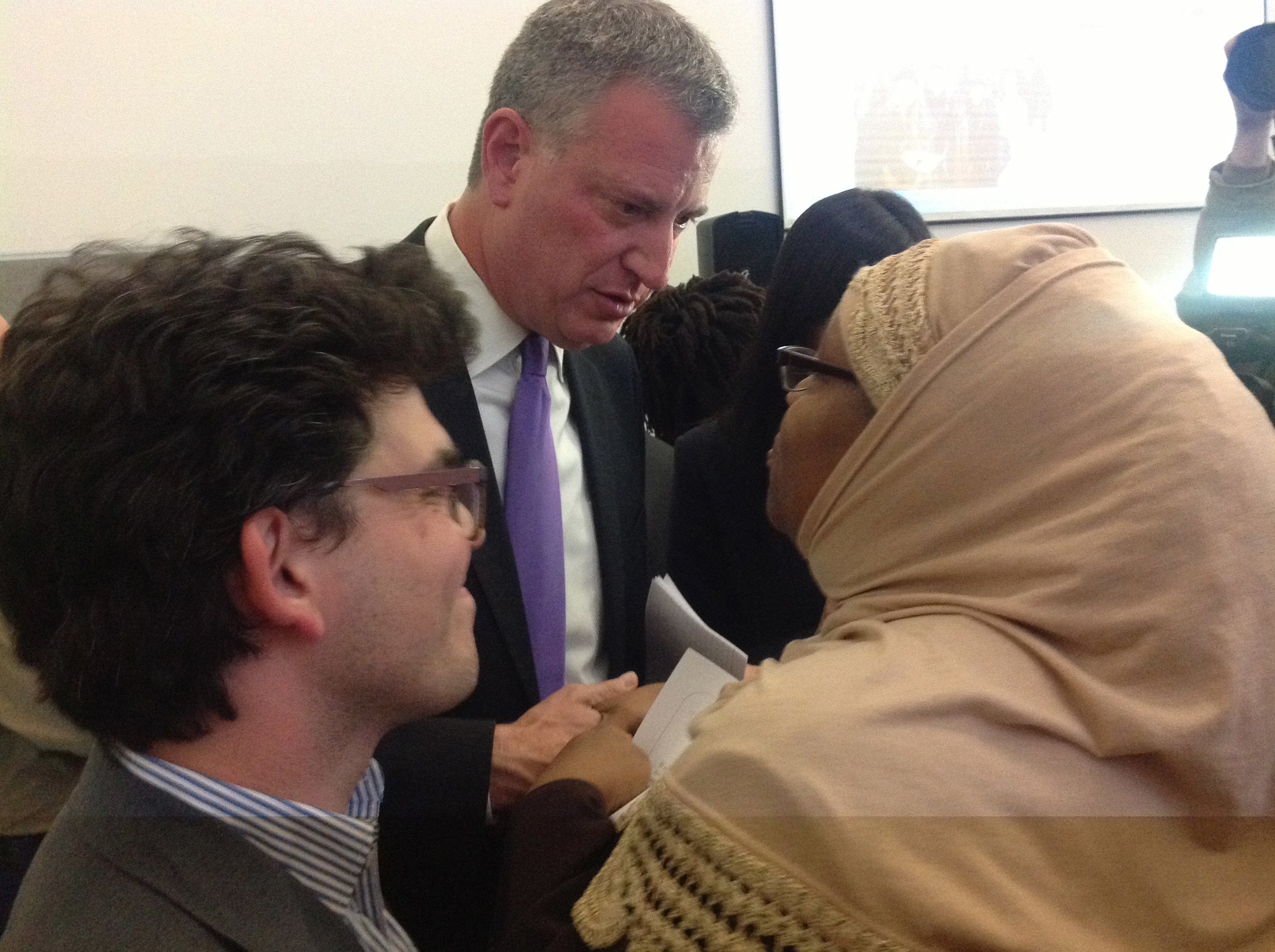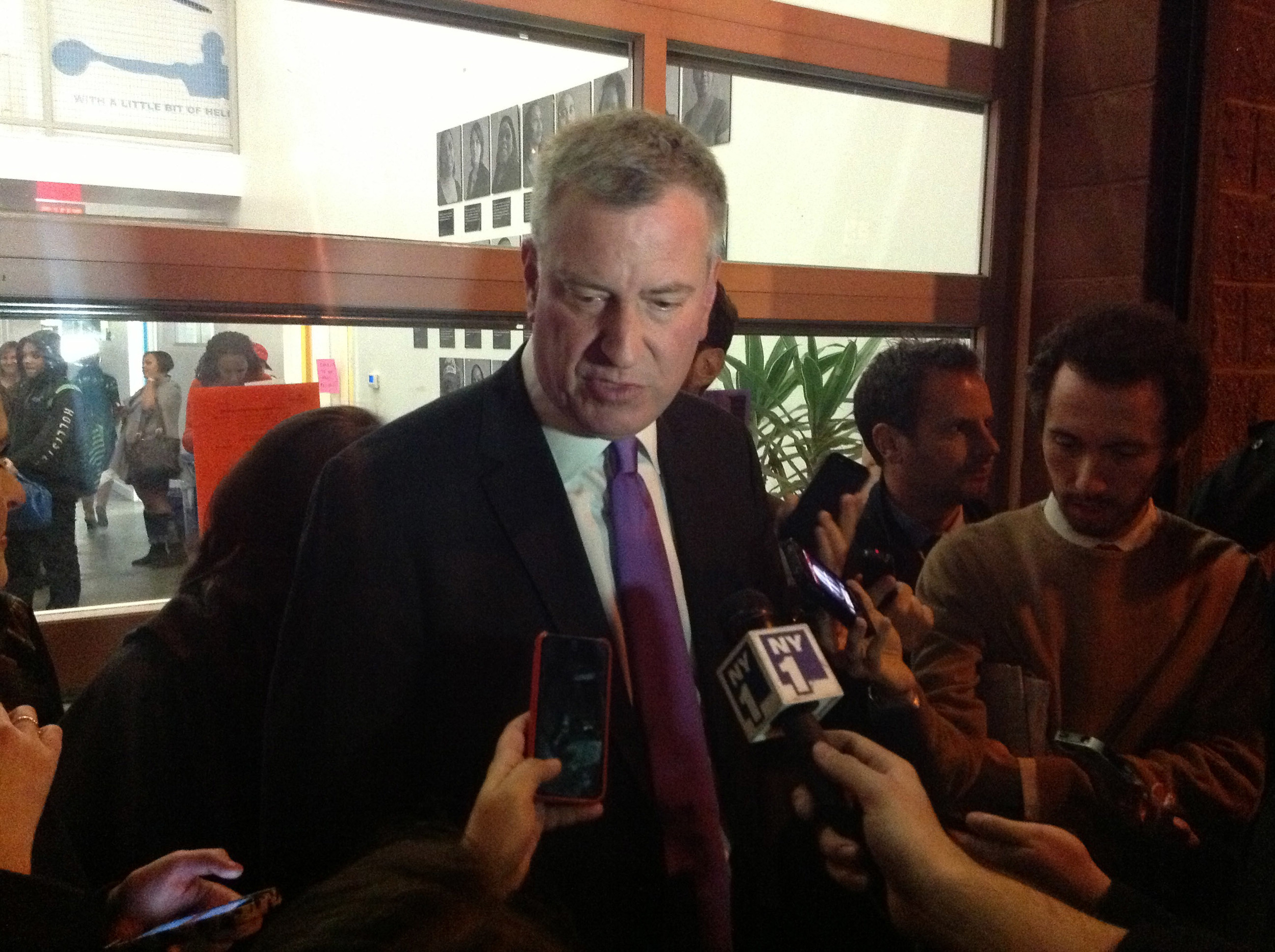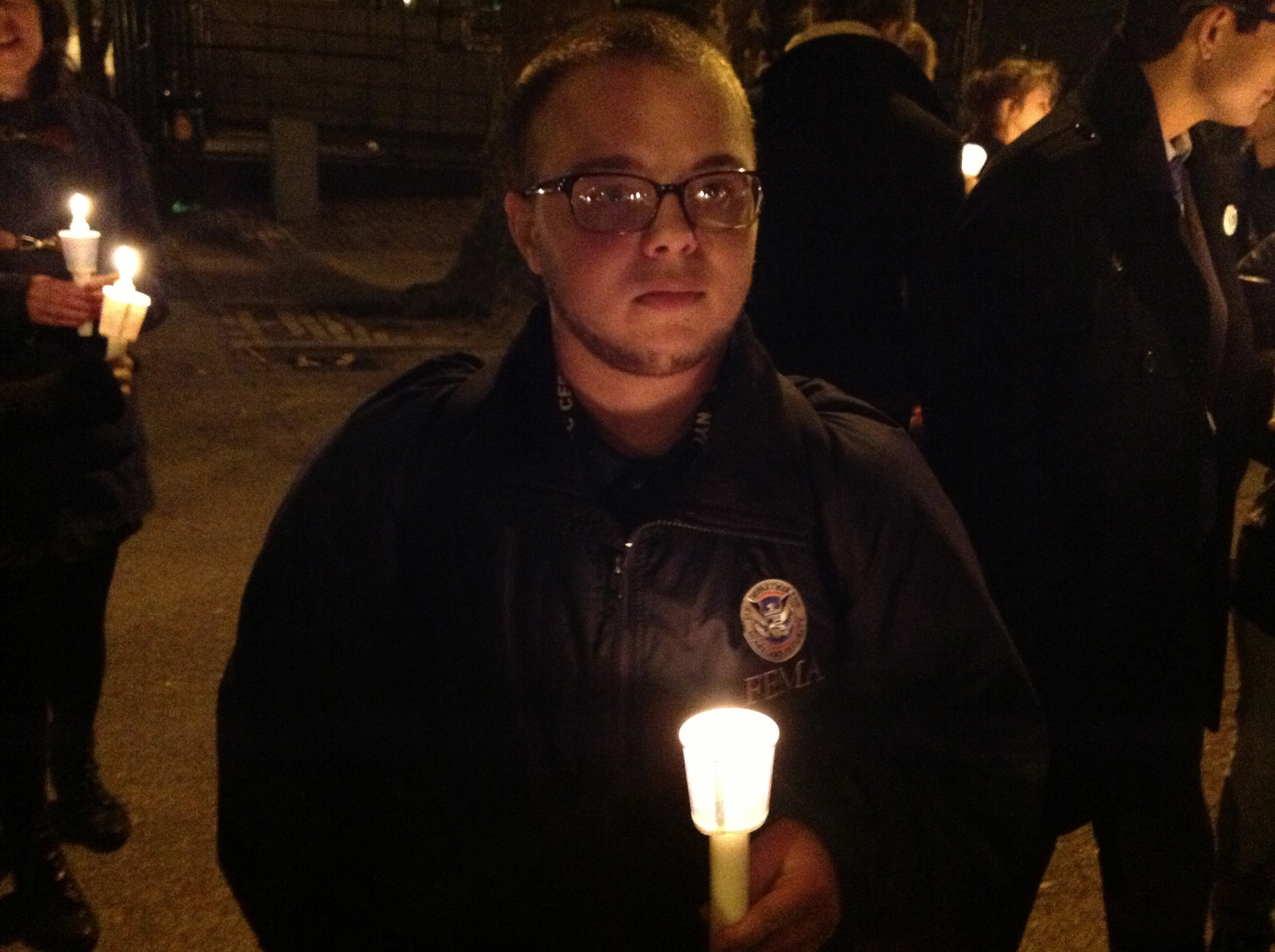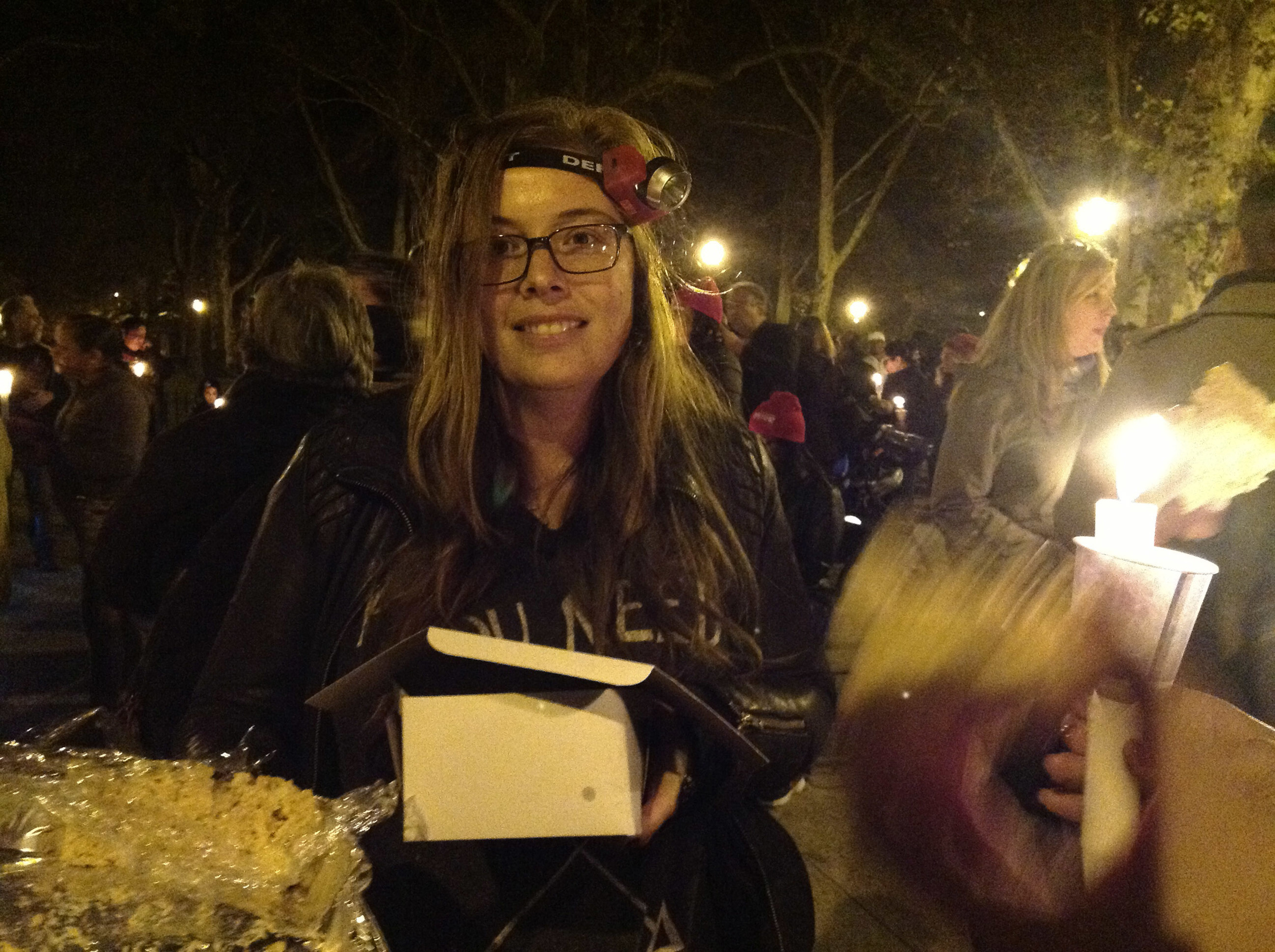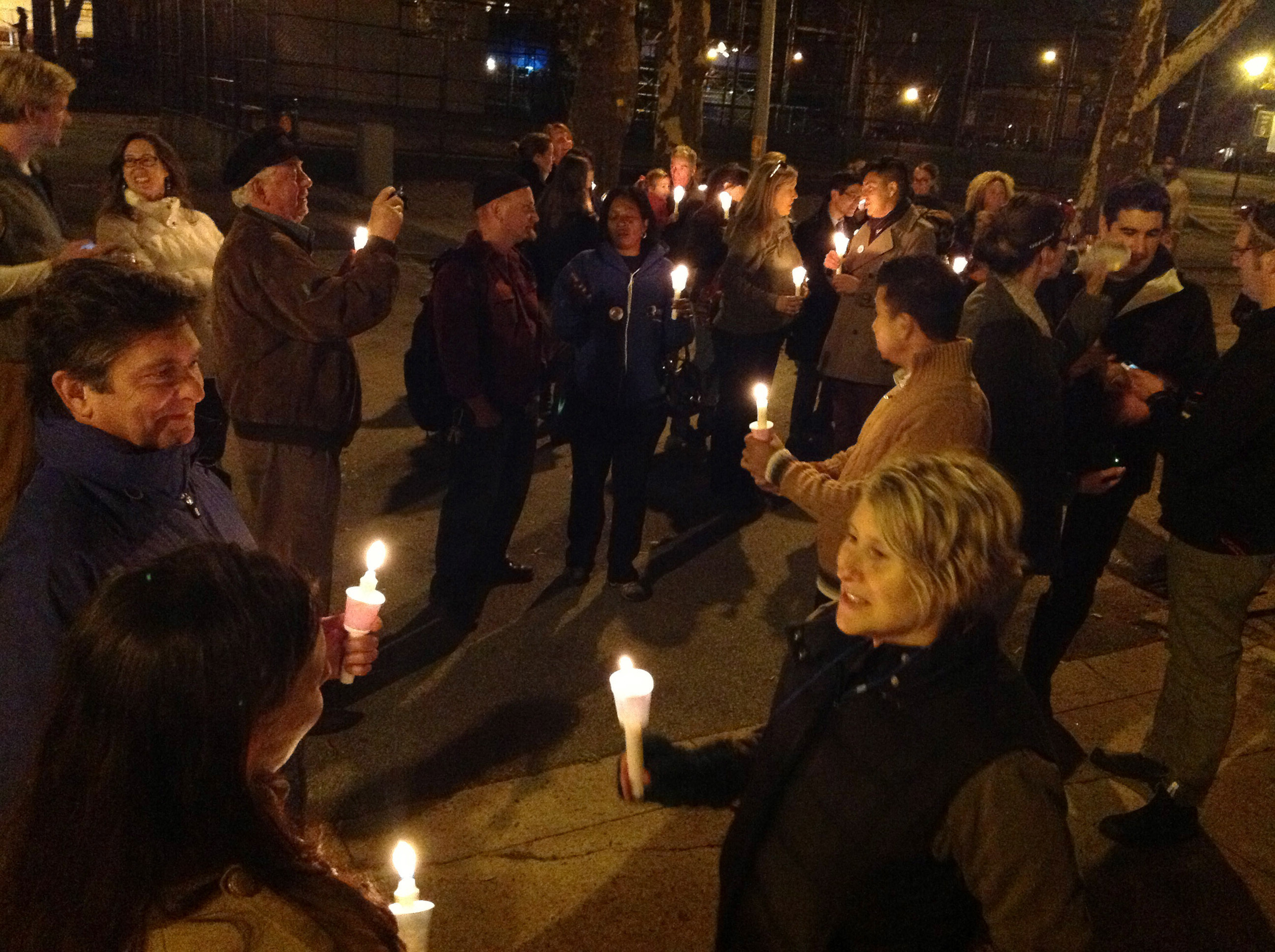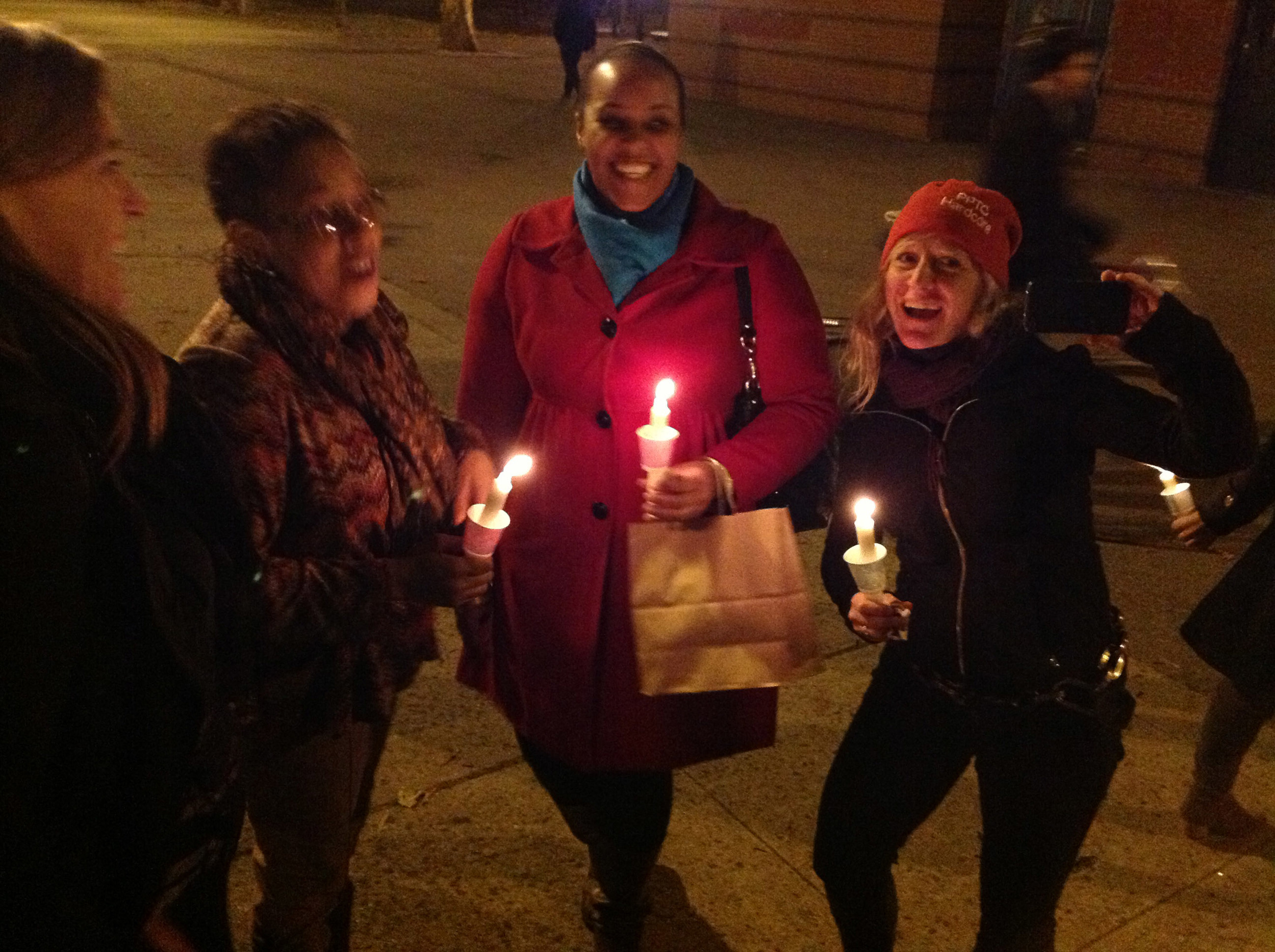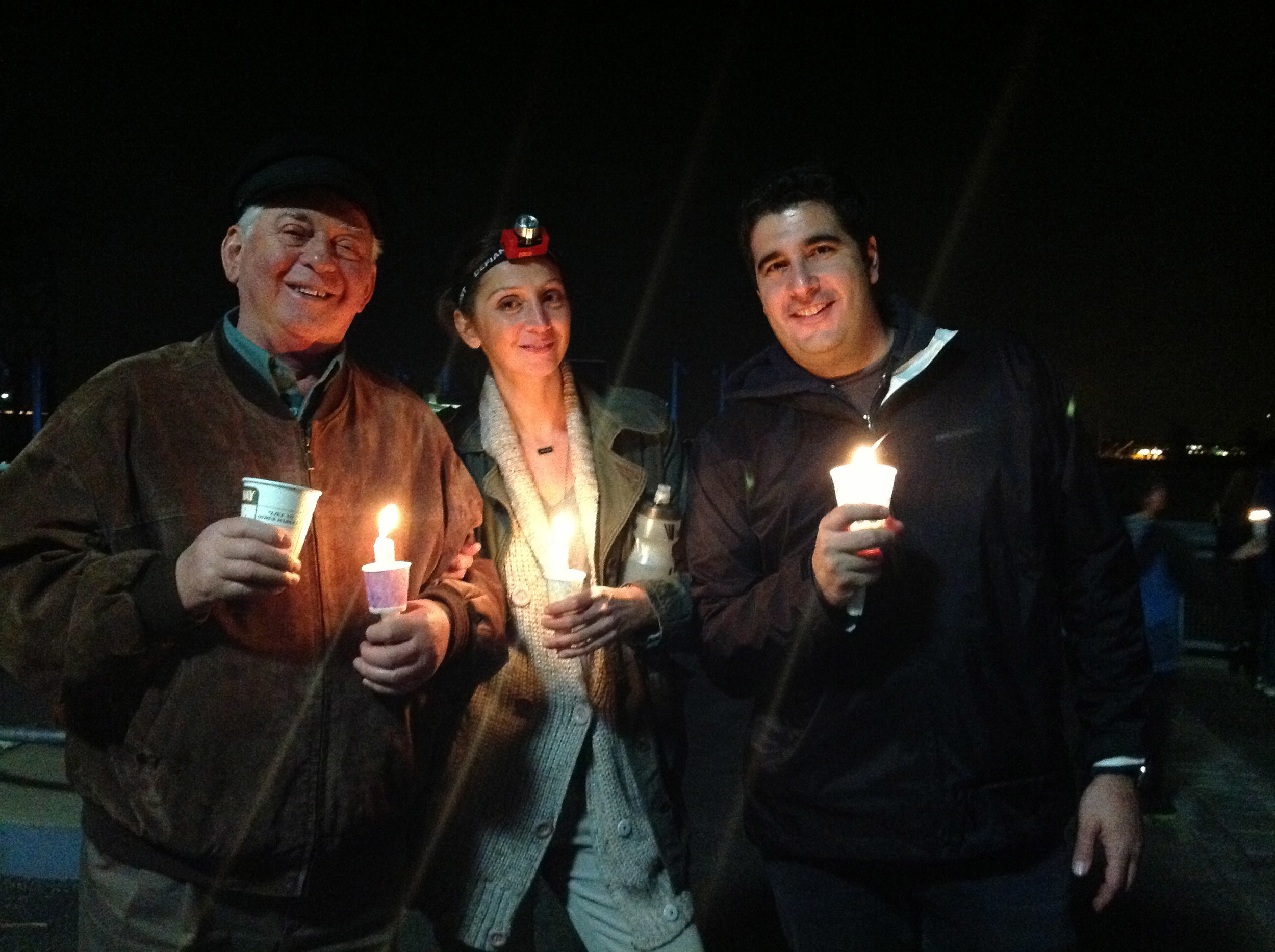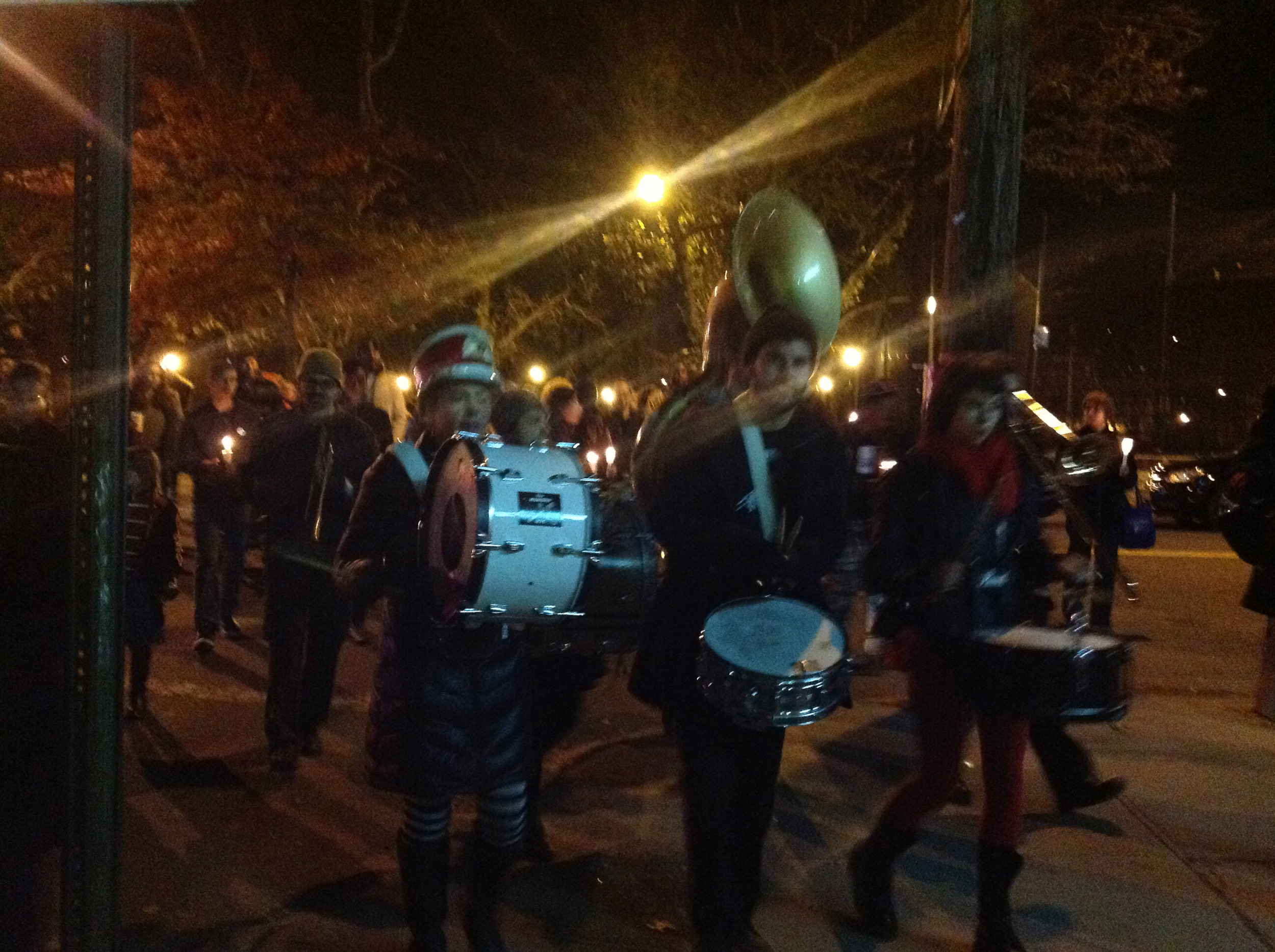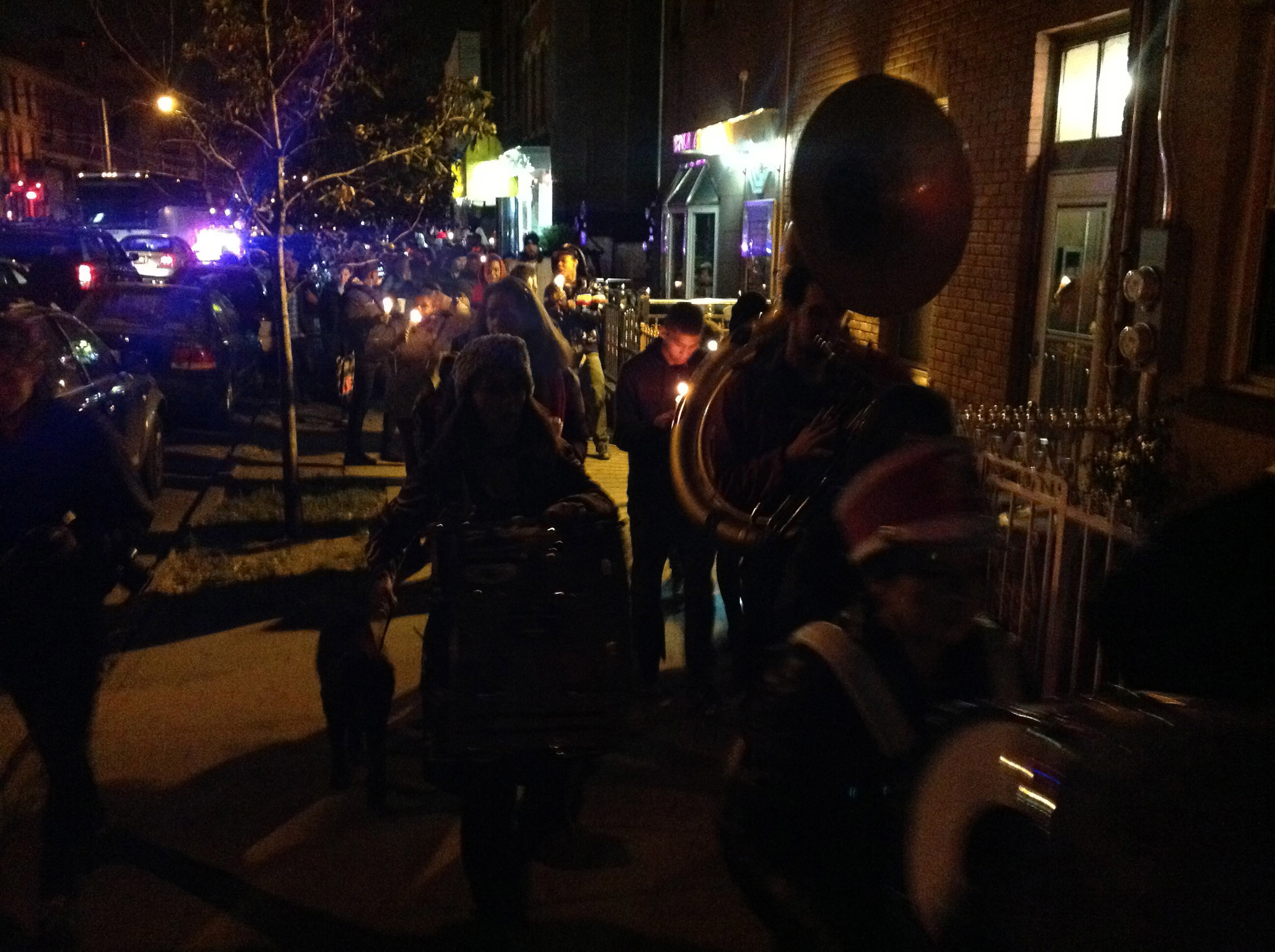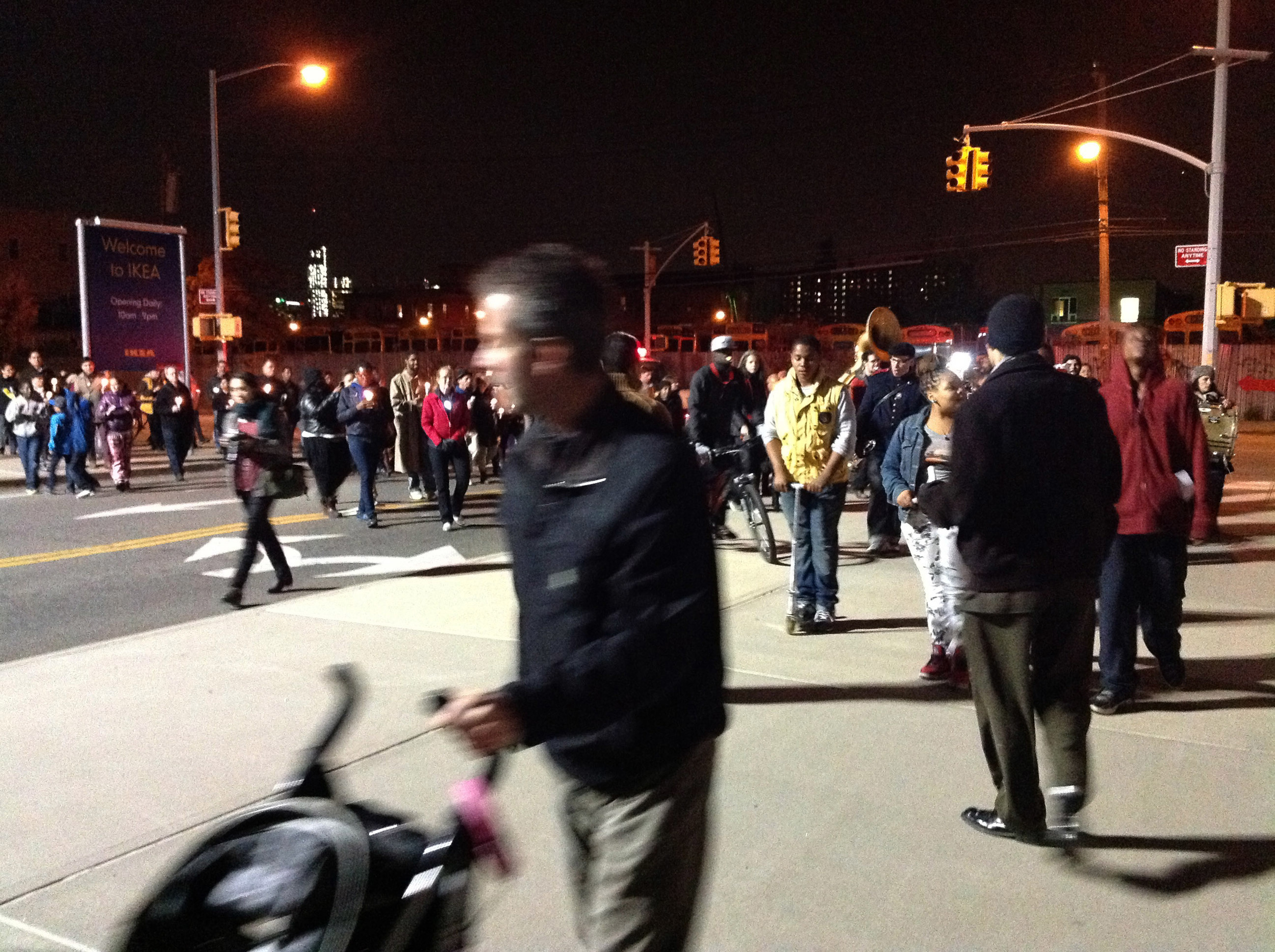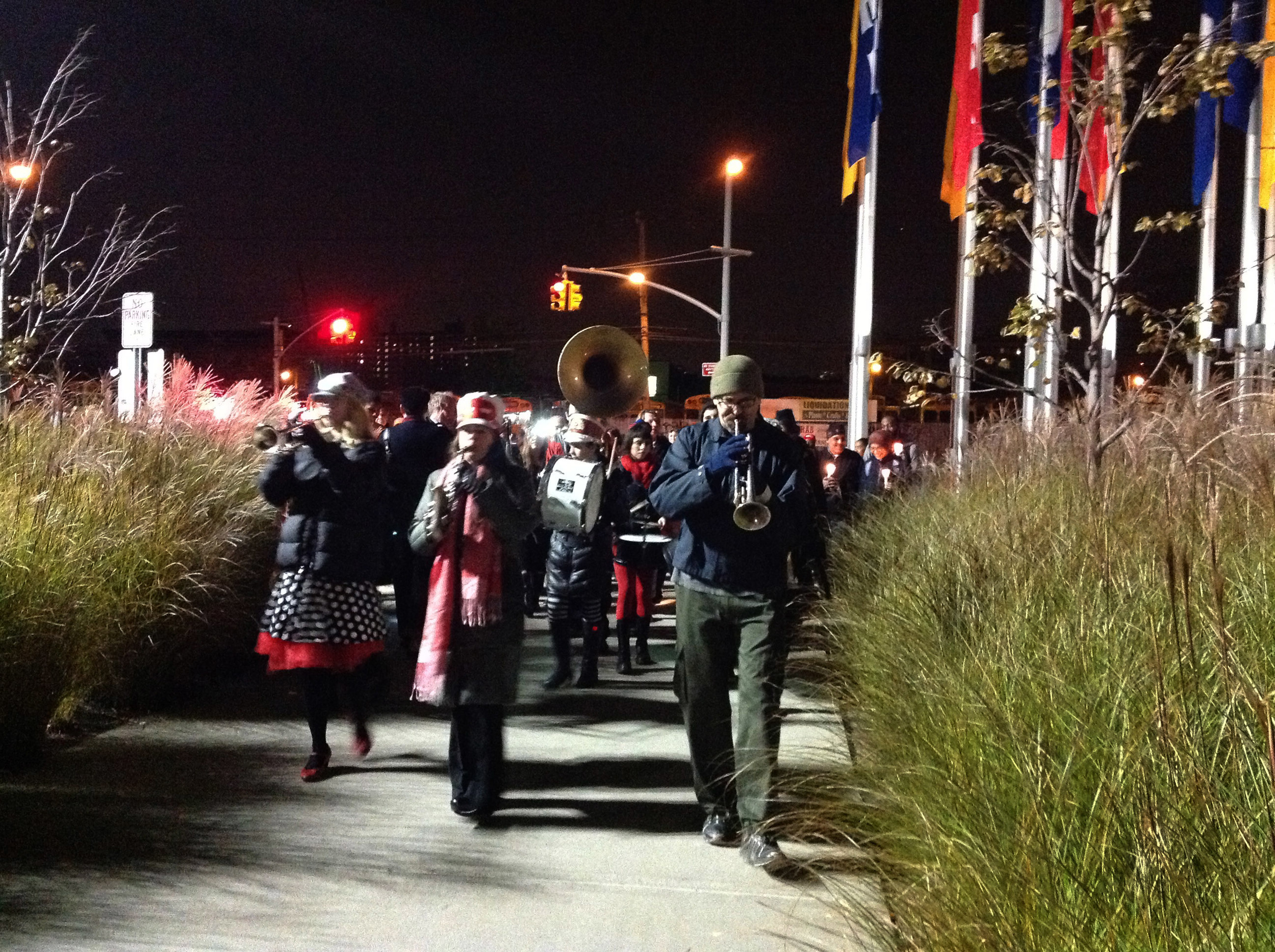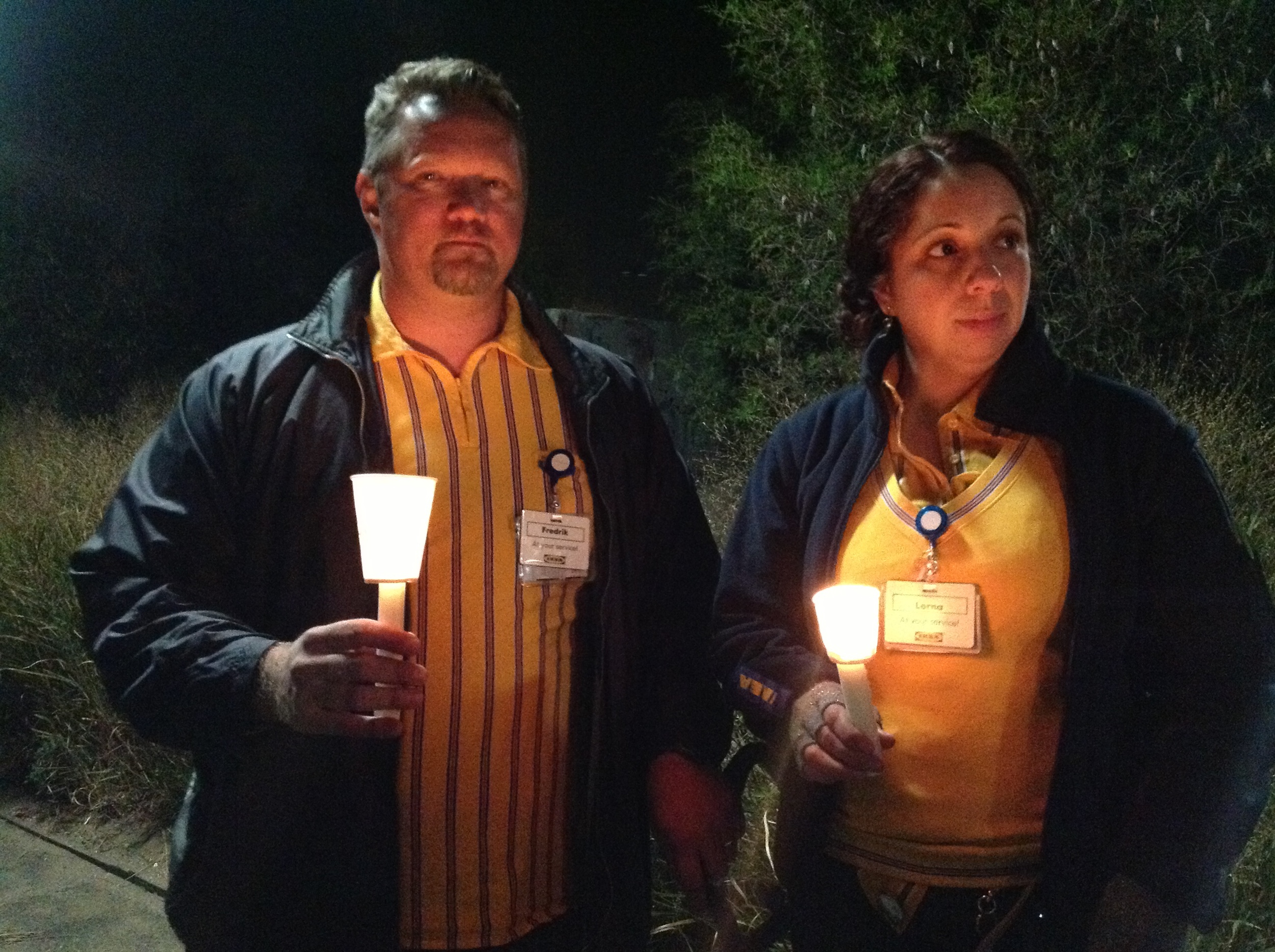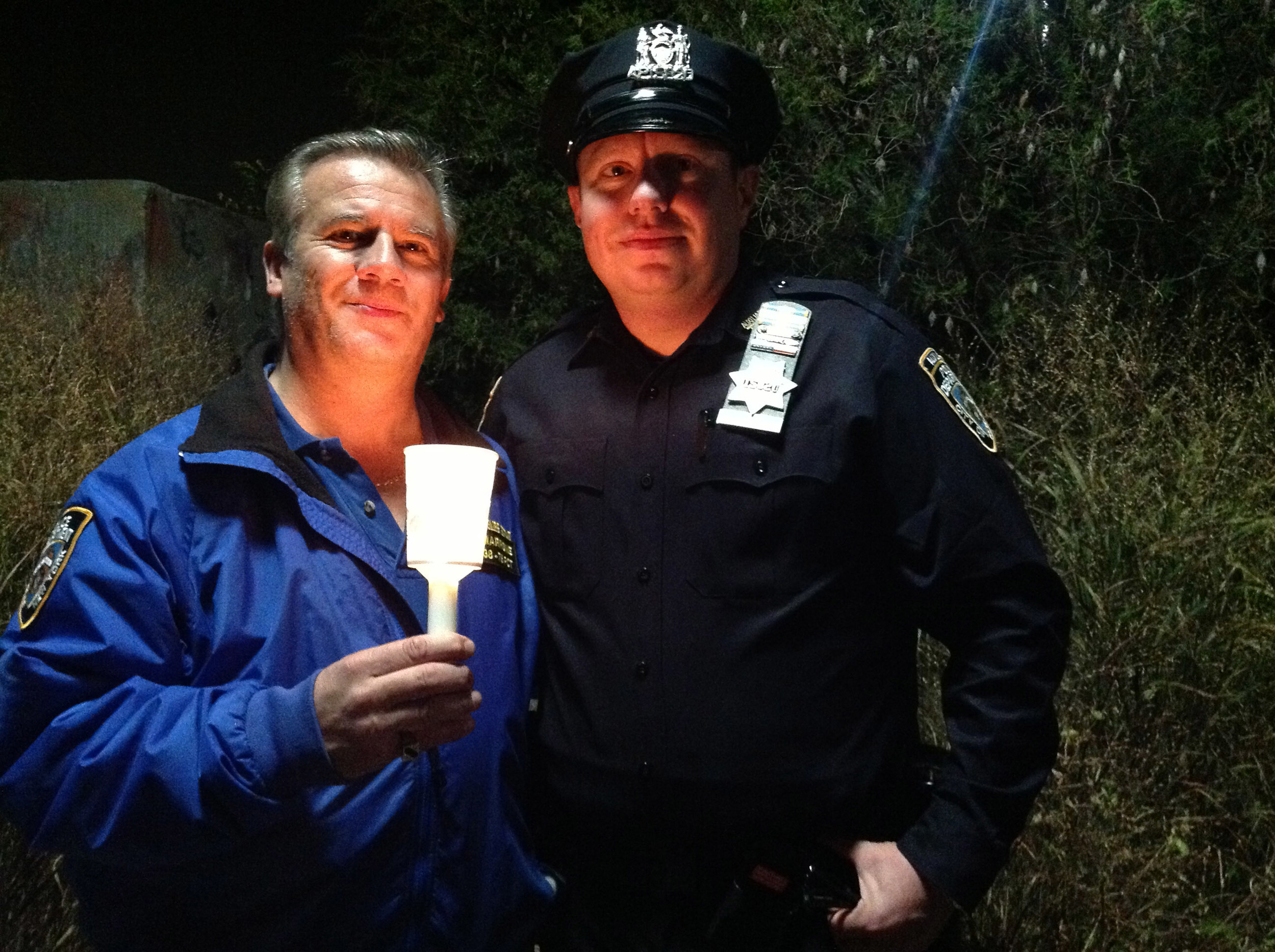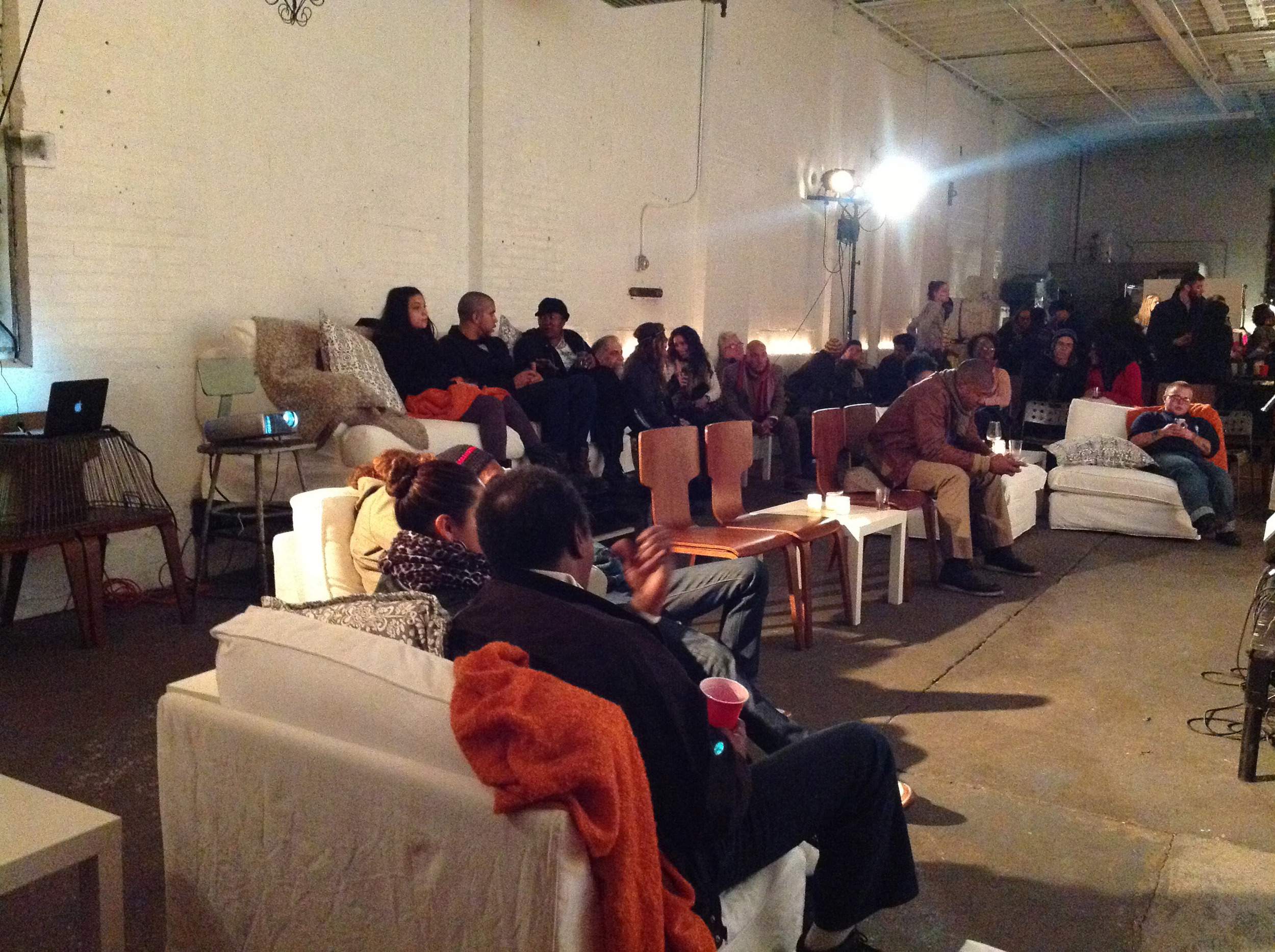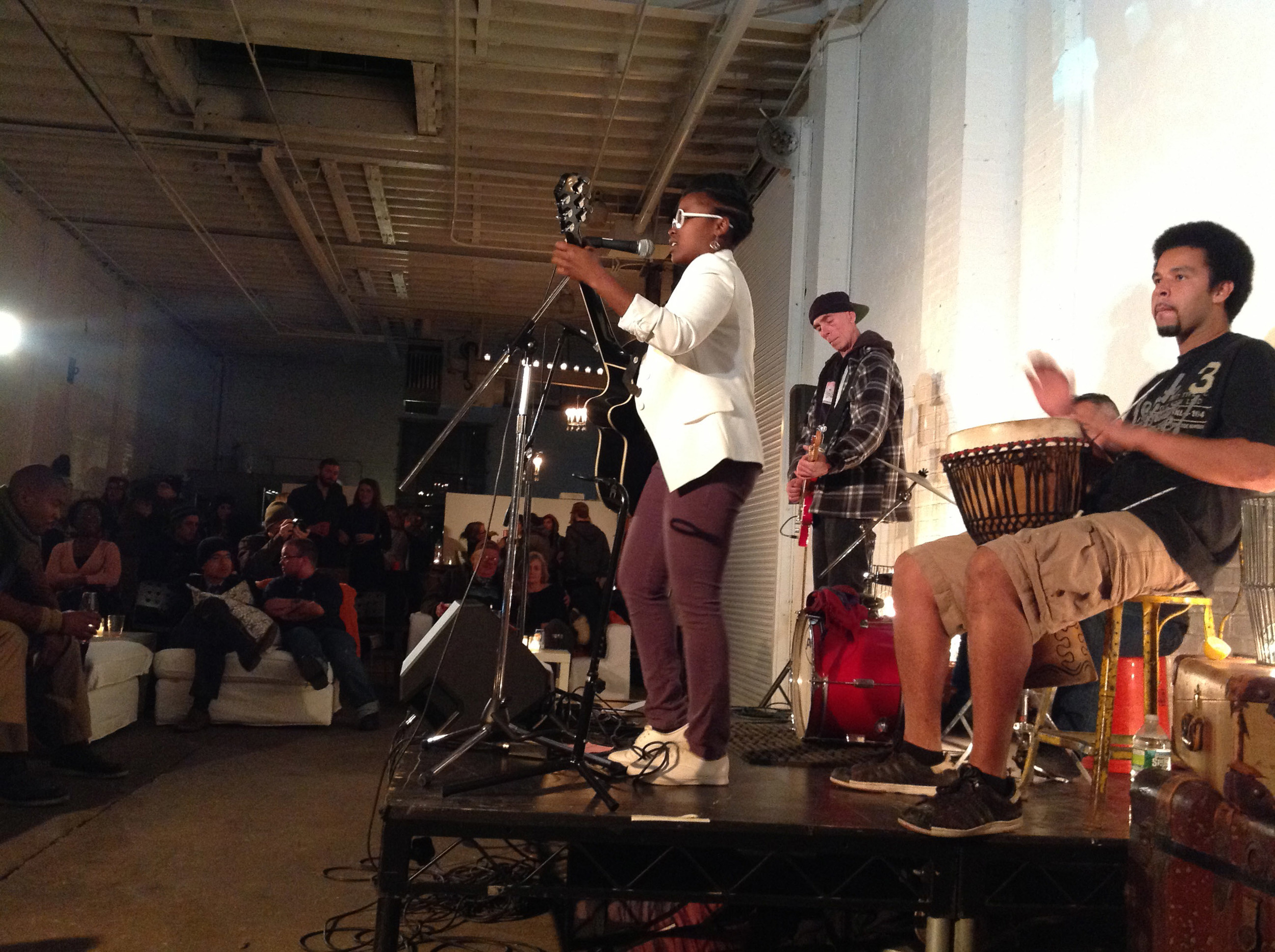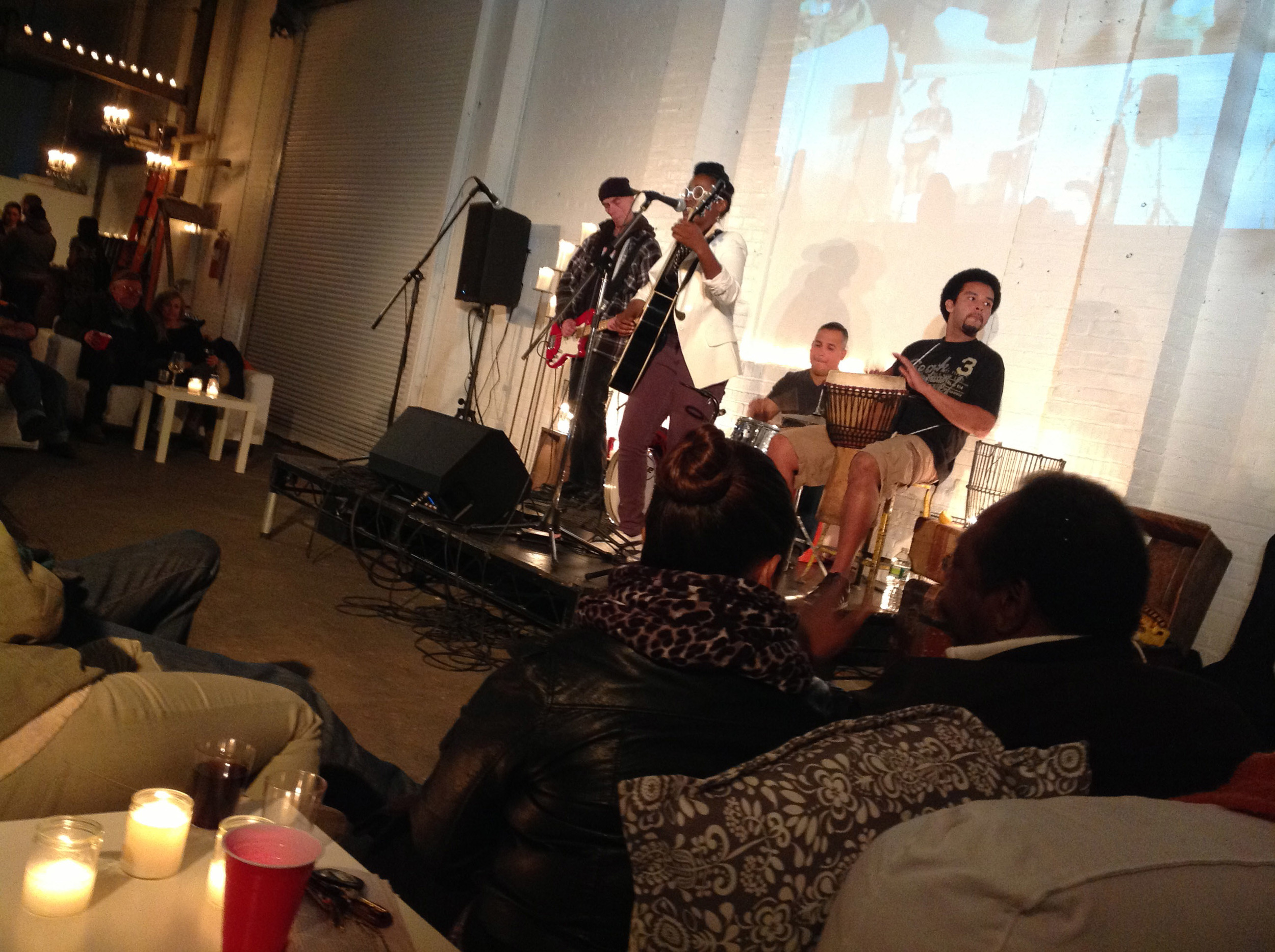From 1934 to our 2013 White House award: PortSide board member John Weaver's trips to DC
/A year ago today, some of the PortSide NewYork crew and colleagues traveled to Washington, DC to receive a White House "Champions of Change" award for our Sandy Recovery work in Red Hook, Brooklyn.
Much is made of youth culture these days, but at PortSide we have developed a deep appreciation for senior culture thanks to the wisdom and long perspective offered to us by people such as John Weaver, one of our board members. John's connection to PortSide is through the tanker MARY A. WHALEN. John's father in law Alf Dyrland was captain of the MARY from her rechristening in 1962 to 1978.
John has had many careers in his life. On his first acting gig after graduating from Columbia he shared the stage with Katherine Hepburn. He was in Greenwich Village when it was The Village and met Ed Koch when he was just a real estate lawyer. John went to Woodstock, drove Diane Arbus to her photo shoots because she didn’t have a car, and traveled the country as actor and stage manager. John’s work as a director in live TV was notable for his creative approach to the use of multiple cameras, and he was the Producer/Director of the first season of "Like It Is" a public affairs show focusing on issues relevant to the African-American community that ran from 1968 to 2011 until its host died. Here is what he wrote about PortSide's trip to DC in 2013:
It’s April 23rd, 2013 and Carolina Salguero, Peter Rothenberg and I have just arrived in Washington DC after four hours on the BOLT Bus. Union Station is Grand Central large but not Grand Central dirty. We all remark on how clean it looks feels and smells.
We wend our way to the street and the line for a taxi. No pushing, shoving, bumping. It’s all so very civilized and pleasant. As we exit out into the fresh air Carolina asks me:
“When was the last time you were in Washington, John?”
I replied: “I believe it was maybe 1934. My parents brought us down here for the traditional Easter Egg rolling on the White House lawn”
This did get a laugh along with a few strangers turning their heads to see the relic who had just said that. Then it was our turn to climb into a cab and head for our lodgings. I recalled that I actually had been to Washington more recently, on two separate trips. One was on the occasion of Dr. Martin Luther King’s address, on the steps of the Lincoln Memorial. “I have a dream” resonates for me today as if I am hearing it again, for the first time. I traveled that day on a bus with a delegation from Actors’ Equity Association to support the Civil Rights movement that Dr. King was leading. I sat on the steps a few feet behind and to the left of Dr. King.
Some years later, 1968, I was once again on a bus. This time it was with a group from the 15th St Meeting of the Friends, Quakers, from Manhattan. We had traveled to Washington to protest the Vietnam War. Highlights of that trip: sleeping on the floor of the Smithsonian, We had left New York at 6am and all of us found someplace, indoors, to take a nap. Next getting to experience tear gas on an open field…Mr. Nixon did not want us to feel that he welcomed our presence. And last, when we returned to the location where our bus was meant to be, there was no bus. Earlier arrivals from our group told us that, when they got there, the driver told them he wasn’t going to drive any “Commies” back to New York and he drove off. We found our way to Union Station in tears, literally, and got a train home.
This time around, Union Station welcomed me and I was here, In Washington DC, as the most very proud member of the PortSide delegation on the occasion of PortSide being honored as a Champion of Change for the work done on behalf Hurricane Sandy relief.
We were invited to the White House where our President resides as one step, one giant step forward toward the realization of Dr. King’s dream for us all.

